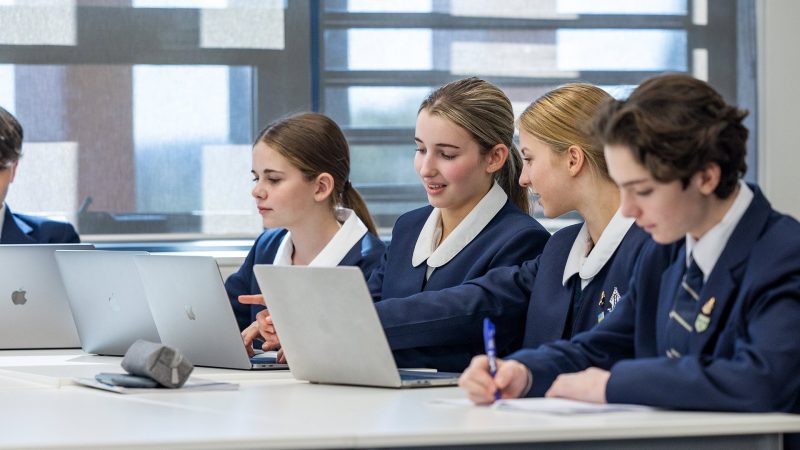Our History
91‘ľŇŕ has an illustrious history, dating back to the School‚Äôs opening in 1884 as the ‚ÄėCollege for Girls‚Äô in Milsons Point. Since then, 91‘ľŇŕ has established itself as a school that empowers girls and boys to develop their unique skills and reach their potential at school.
Read more of our distinguished history by viewing the historical timeline of 91‘ľŇŕ below:
Őż
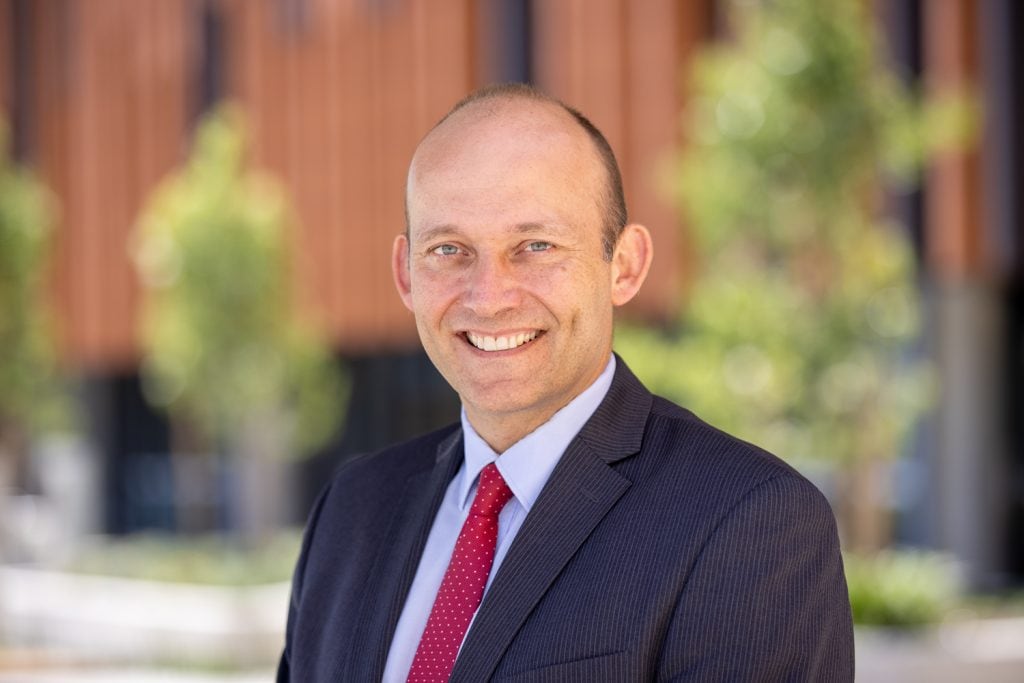
mr sean corcoran appointed new school principal
Őż
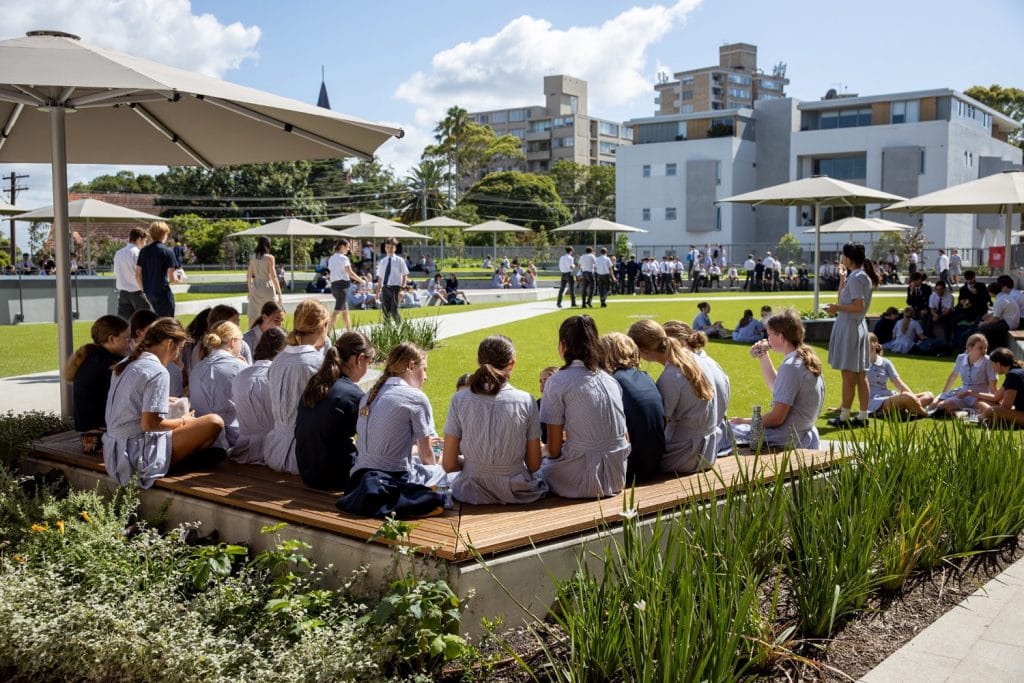
Opening of Fahl Garden, Senior Campus
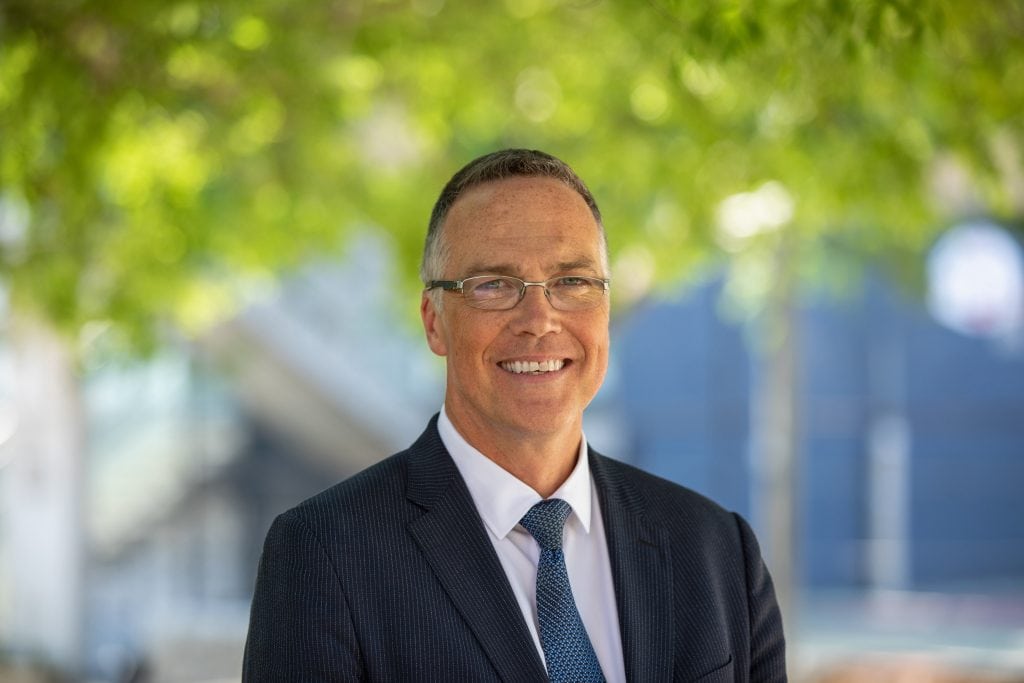
Appointment of Mr Stephen Webber as new Principal
Opening of New Learning Hub on Senior campus.
School switches to online learning due to COVID-19 pandemic.

Dr Peter Lennox retires
During his twelve years as Principal, Dr Lennox oversaw enormous changes in the campuses, curriculum, co-curricular activities and school infrastructure.
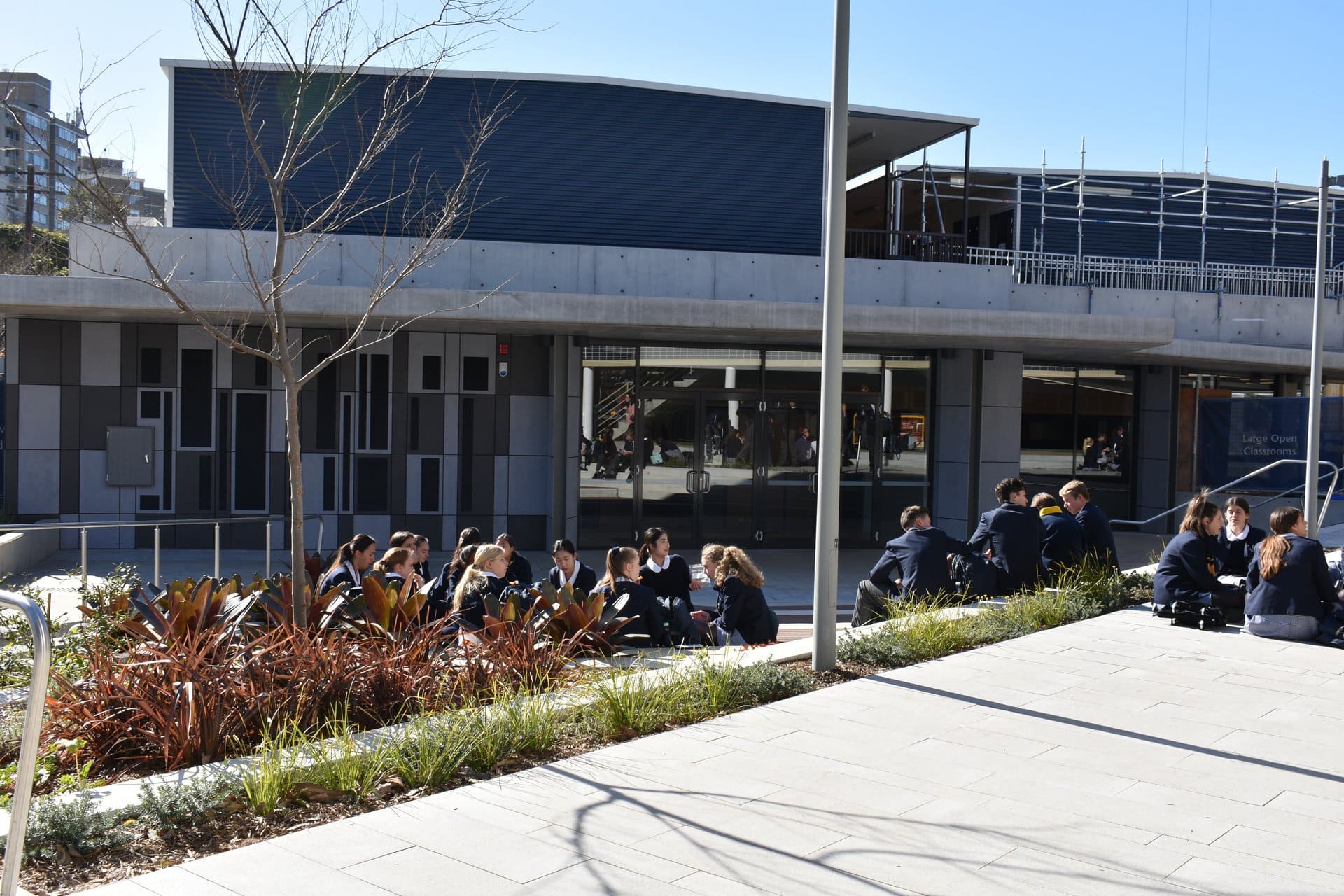
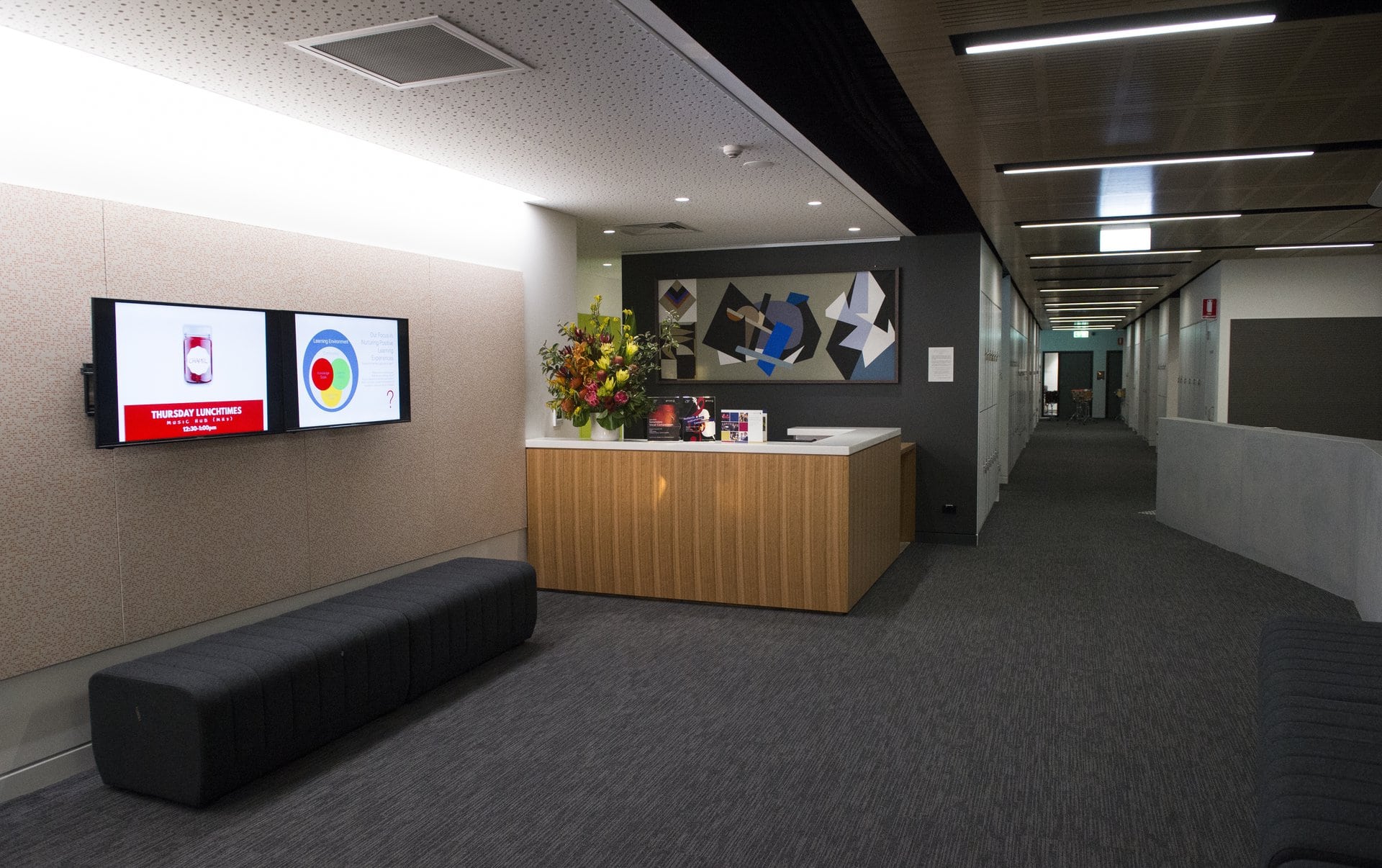
Opening of John Roberts Music Centre and Edwards Auditorium
The new music facilities are named for former parents whose immeasurable dedication to 91‘ľŇŕ stretched long past the time that their respective children left the School.
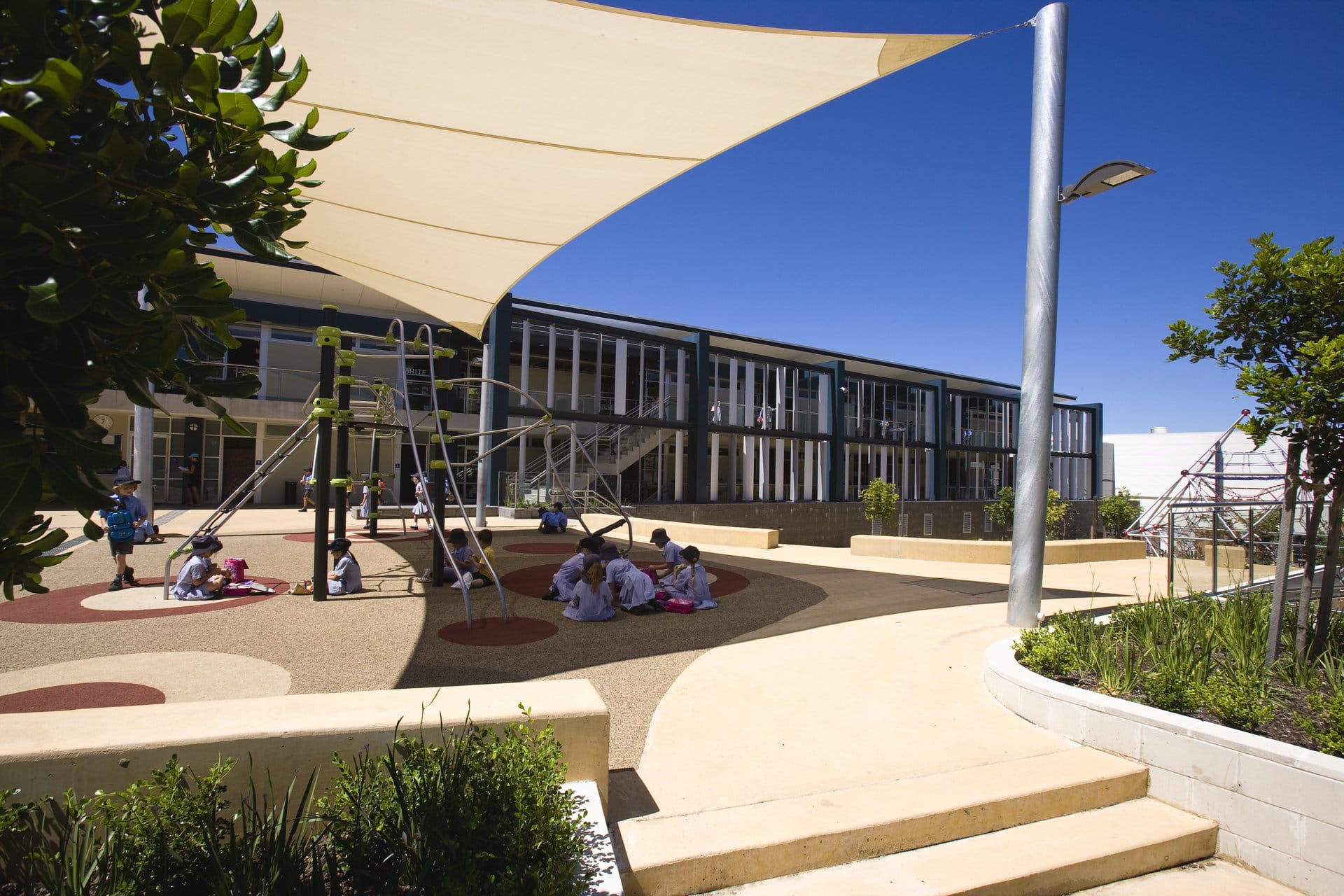
New Preparatory school and Dunnet Hall open
The Prep School’s move to the Junior campus sees the Senior and Junior Schools housed on separate campuses for the first time in the school’s history.
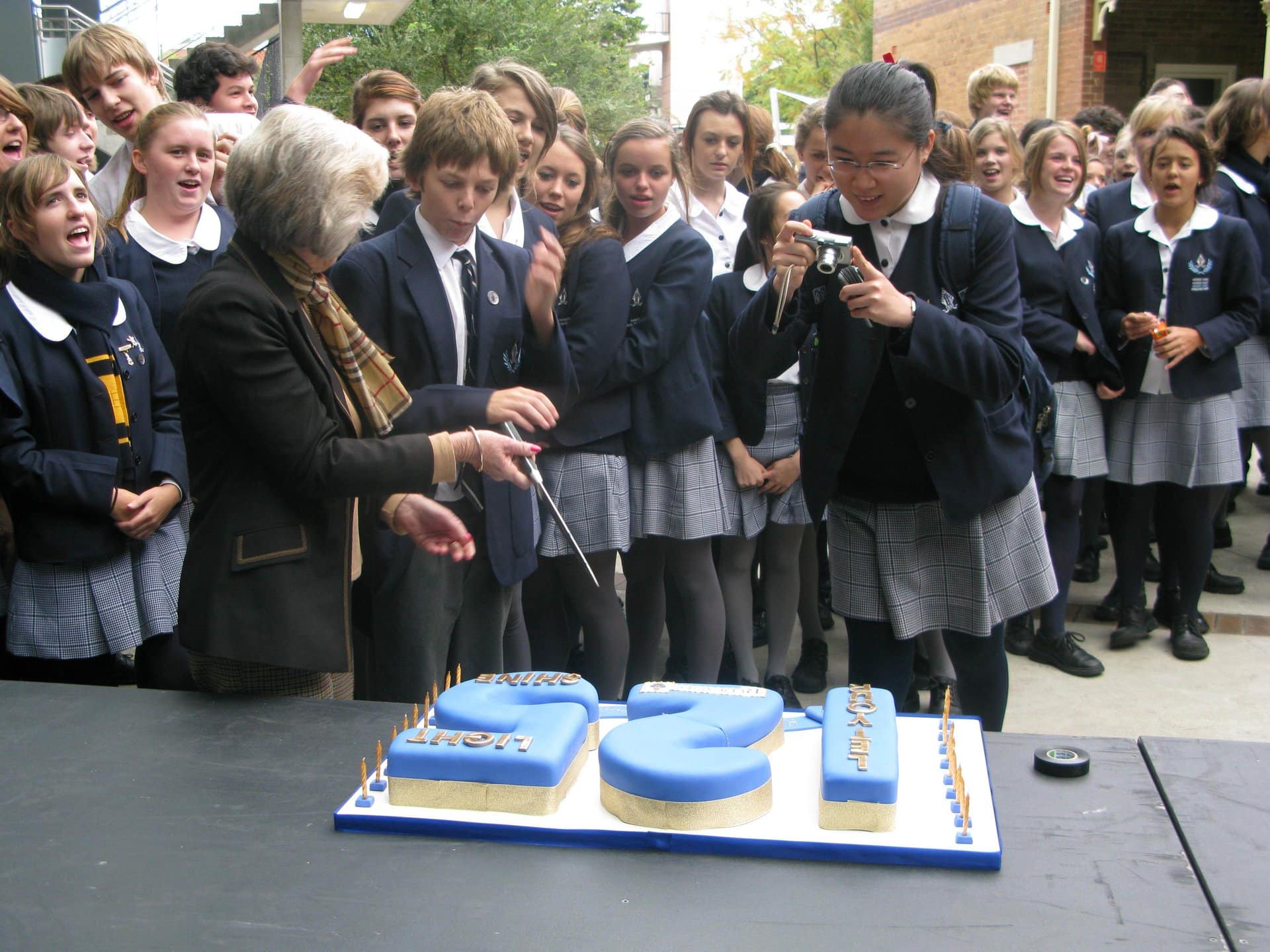
91‘ľŇŕ Celebrates 125th Anniversary
Introduction of the 91‘ľŇŕ Learning Platform, key elements of which included providing a quality learning environment, planned and reflective learning, intelligent and effective use of technology and the development of whole-school language and process for planning, delivering and assessing learning.
First year of separate Year 12 Prize giving (Valedictory Dinner).
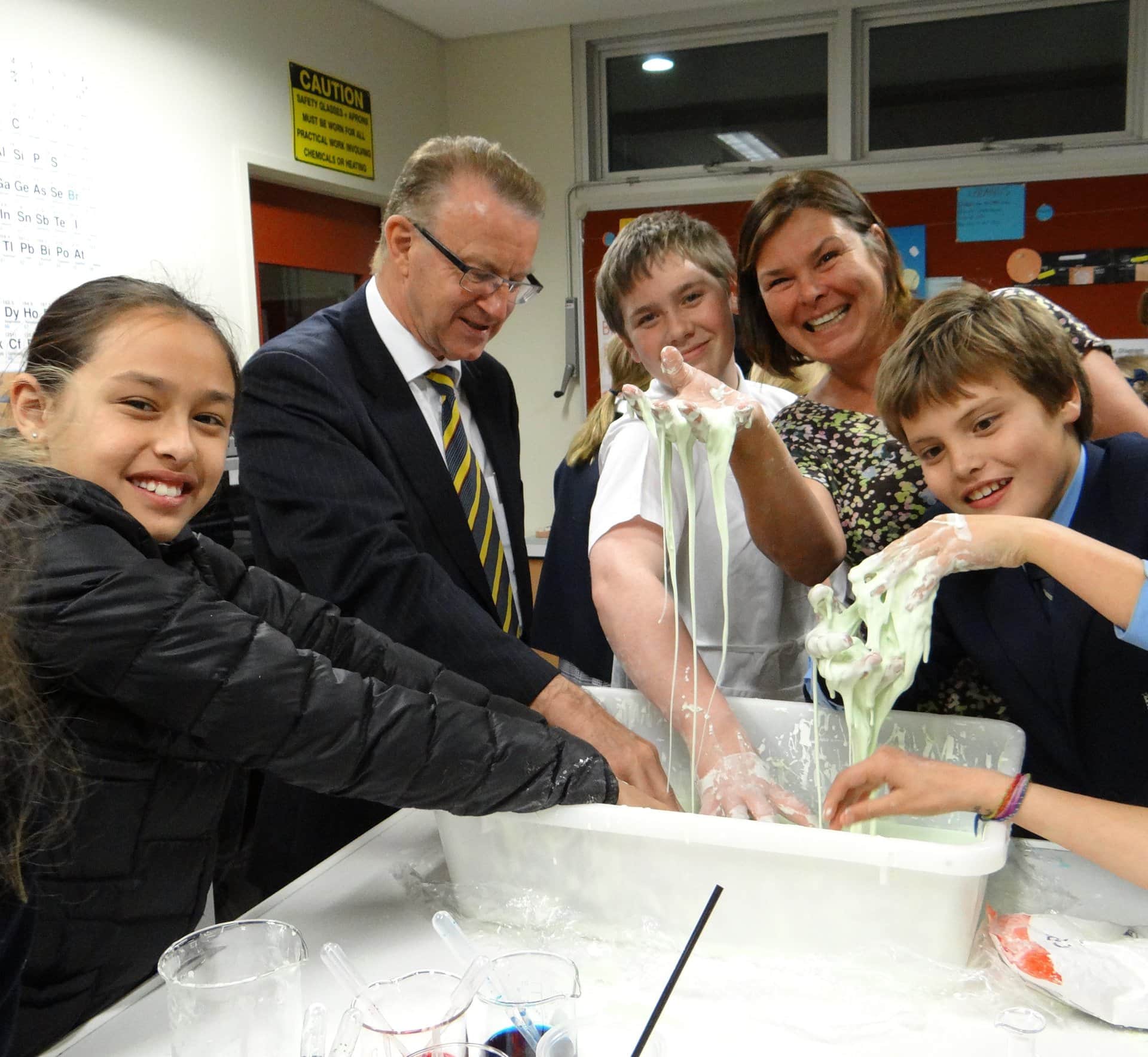
Appointment of Dr Peter Lennox as new Principal
Dr Lennox starts as new Head of School after 16 years as Headmaster of Brisbane Grammar School and a further 13 years in a variety of educational roles, notably at Canberra Grammar School as well as Cranbrook and Magdalen College, Oxford. Board Chairman Michael Jones describes him as being ‚Äėideally suited to build on 91‘ľŇŕ‚Äô reputation for developing well-balanced students prepared for a local and global community.‚Äô

Opening of Liggins Atrium
The science block, formerly named Wyndham Building, refurbished and renamed the Roseby Building.
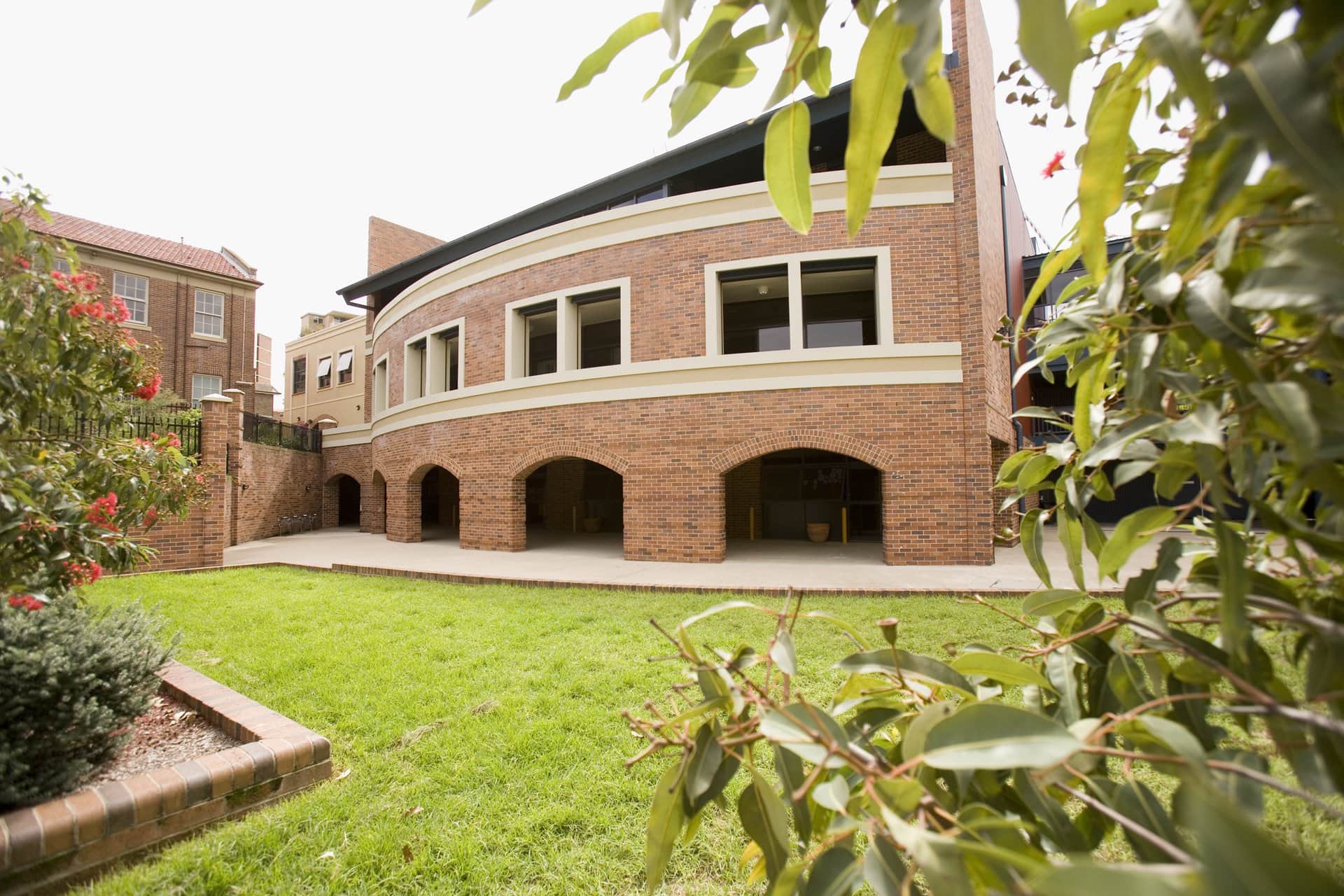
Opening of Peter Cornish Building
The new building, named for recently retired Executive Headmaster Peter Cornish, becomes the first major building work on the Cremorne (Junior) campus since being purchased by 91‘ľŇŕ in 1989.
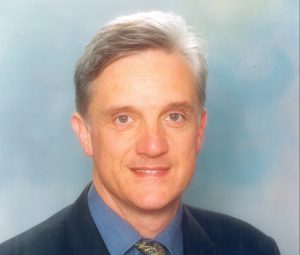
Retirement of Peter Cornish
Mr Cornish retires as Executive Headmaster after guiding SCECGS 91‘ľŇŕ for twenty-one years in collaboration with the Board, staff and parents from a newly co-educational school to a vibrant and innovative educational organisation.
Appointment of Deputy Headmaster, Christopher Daunt Watney (pictured) as new Headmaster.
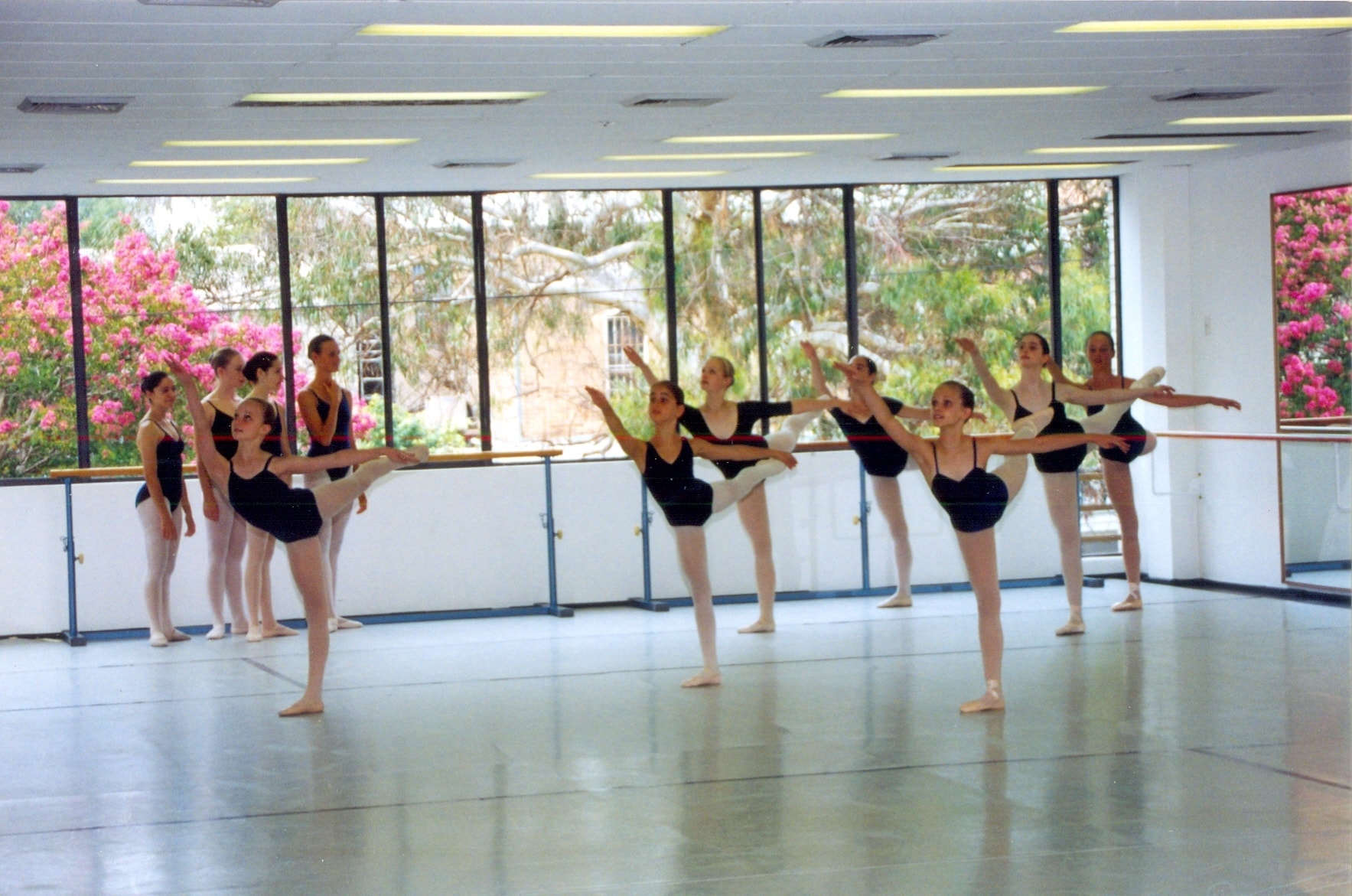
Őż
Establishment of 91‘ľŇŕ Dance and Ballet Academy
91‘ľŇŕ House, North Harbour pre-school opens.

High Country campus opens
First Winter School held at High Country Campus.
Inaugural 91‘ľŇŕ Westpac Art Prize is held in 91‘ľŇŕ Hall.
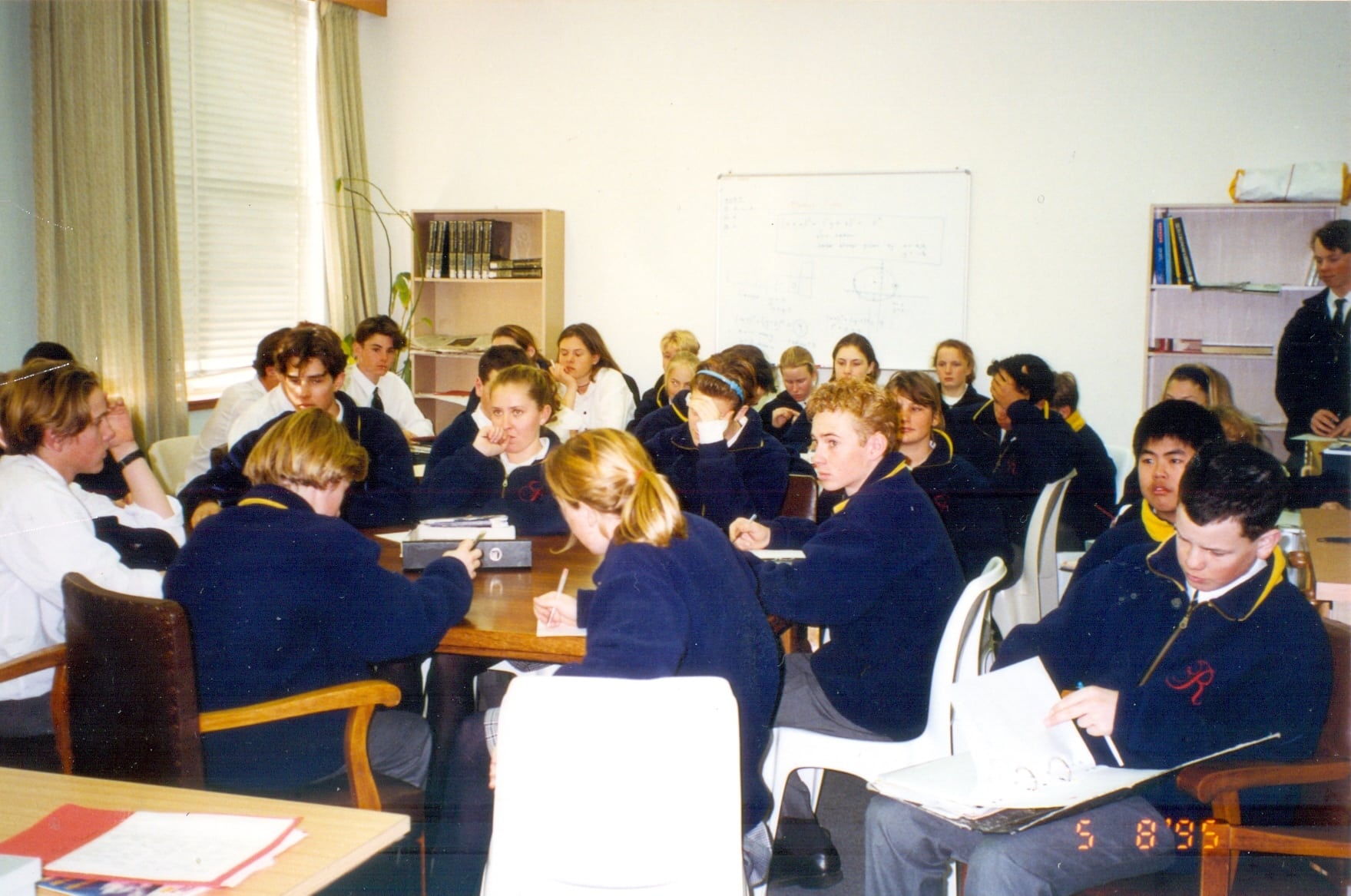
First Winter School
Winter School School held at Snowy Mountains Grammar School for first year.

Opening of 91‘ľŇŕ House Preschool
First pre-school opened at former historic Cremorne Hall, Allister Street on the Junior campus.

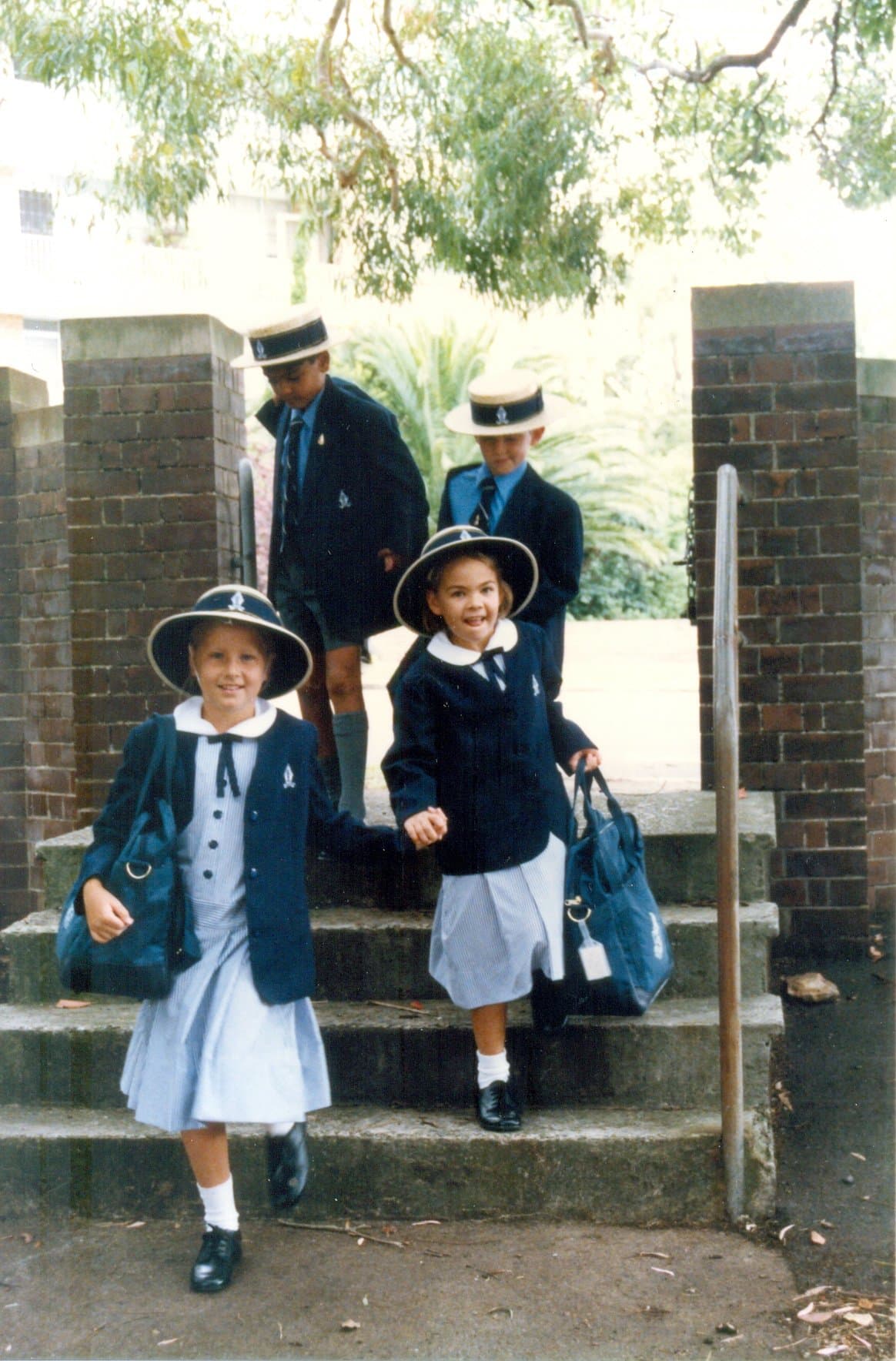
Cremorne (now Junior) campus opened
New campus accommodates the Junior School and Middle School, originally Years 3 ‚Äď 7.
Establishment of the ISA (Independent Sporting Association), initiated by 91‘ľŇŕ Sports staff and Headmaster, Mr Cornish.
A parcel of land purchased in Jindabyne for the purpose of a High Country alpine campus in December is gifted to the School by the Parents and Friends’ Association.
Őż
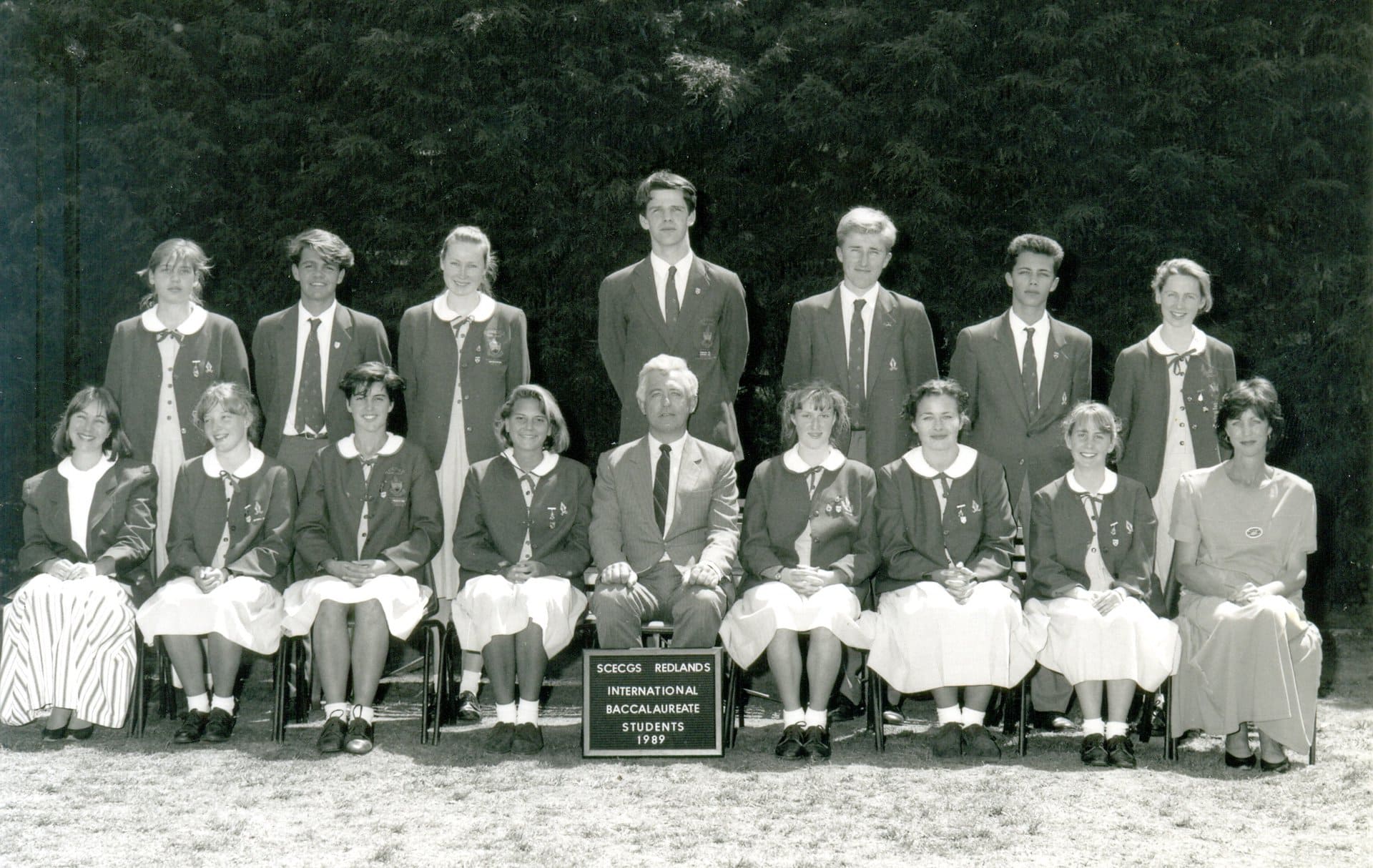
Introduction International Baccalaureate
91‘ľŇŕ students undertake the first year of IB coursework.
School purchases former Cremorne Girls’ High School campus.

Opening of the Lang Building
91‘ľŇŕ‚Äô award winning designed gymnasium, named for School Trustee and Chairman of the Board, John Lang, coincides with commemoration of ten years of co-education at SCECGS 91‘ľŇŕ.
The expanding sports programme in the 1980s sees the introduction of basketball, cricket, rugby, football, touch football, rowing, water polo and cross country.

Őż
Opening of Lone Oak Building
Converted from a wartime era block of flats built on the site of the original 91‘ľŇŕ House and Lone Oak garden, Lone Oak becomes the new School administration building.
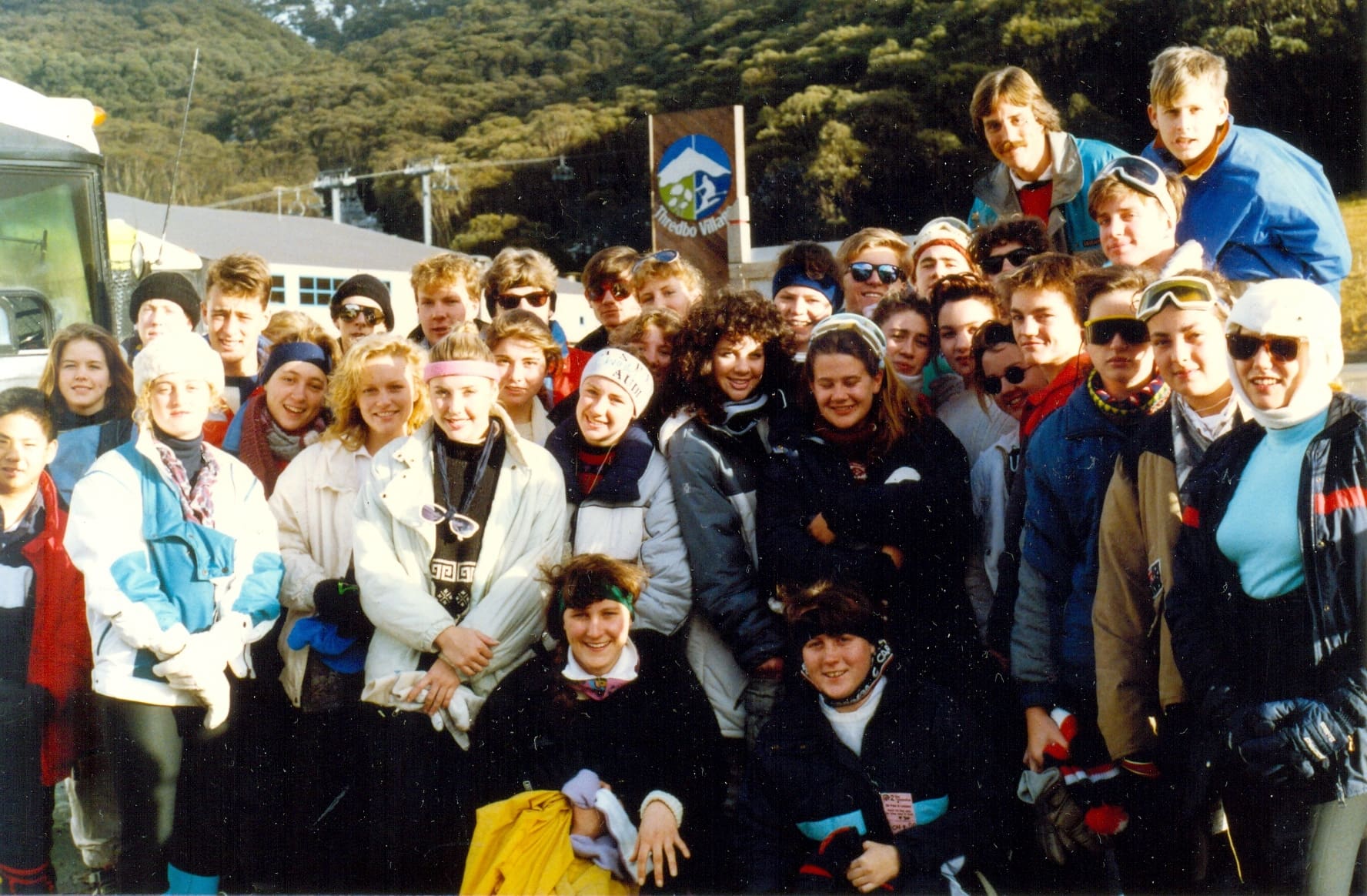
91‘ľŇŕ fields its first competitive ski team
91‘ľŇŕ fields its first competitive ski team with five students. By 1988, 91‘ľŇŕ has a team of over forty students, several of whom qualify for the New South Wales Championships at Perisher.
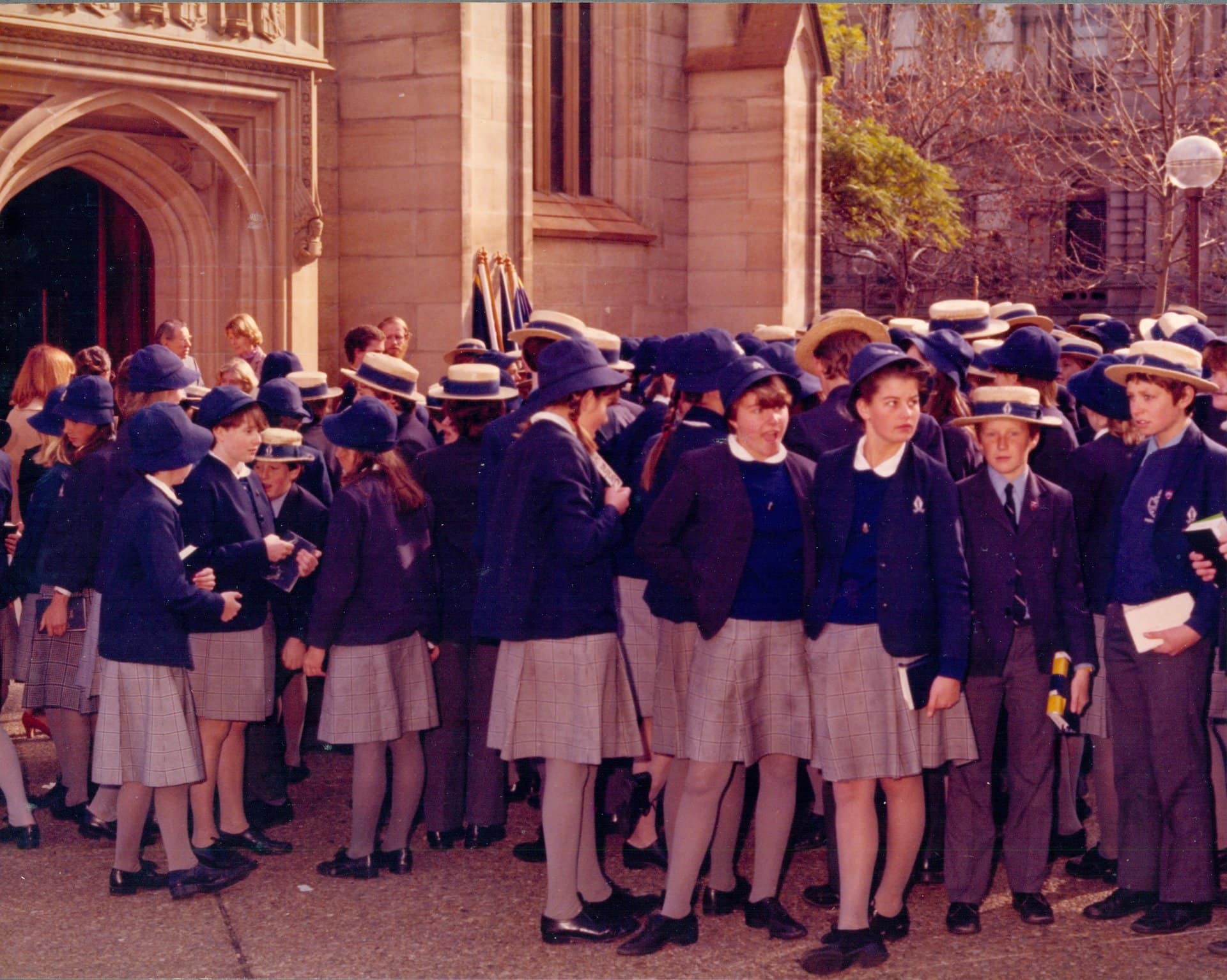
School celebrates its Centenary
Functions held during the year to celebrate include a Foundation Day service, a ball, a revue and numerous alumni events.

First boys two boys sit HSC
The first Year 12 boys also become first boy prefects and house captains.
First fully co-educational musical staged at 91‘ľŇŕ.

Mr Peter Cornish appointed Headmaster
Mr Cornish collaborates with School Board by introducing a variety of innovations designed to support co-education at SCECGS 91‘ľŇŕ, from planning new facilities, introducing a range of boys‚Äô sports, curriculum camps and subjects such as technical drawing and woodwork. One of his many academic legacies includes the introduction of the International Baccalaureate
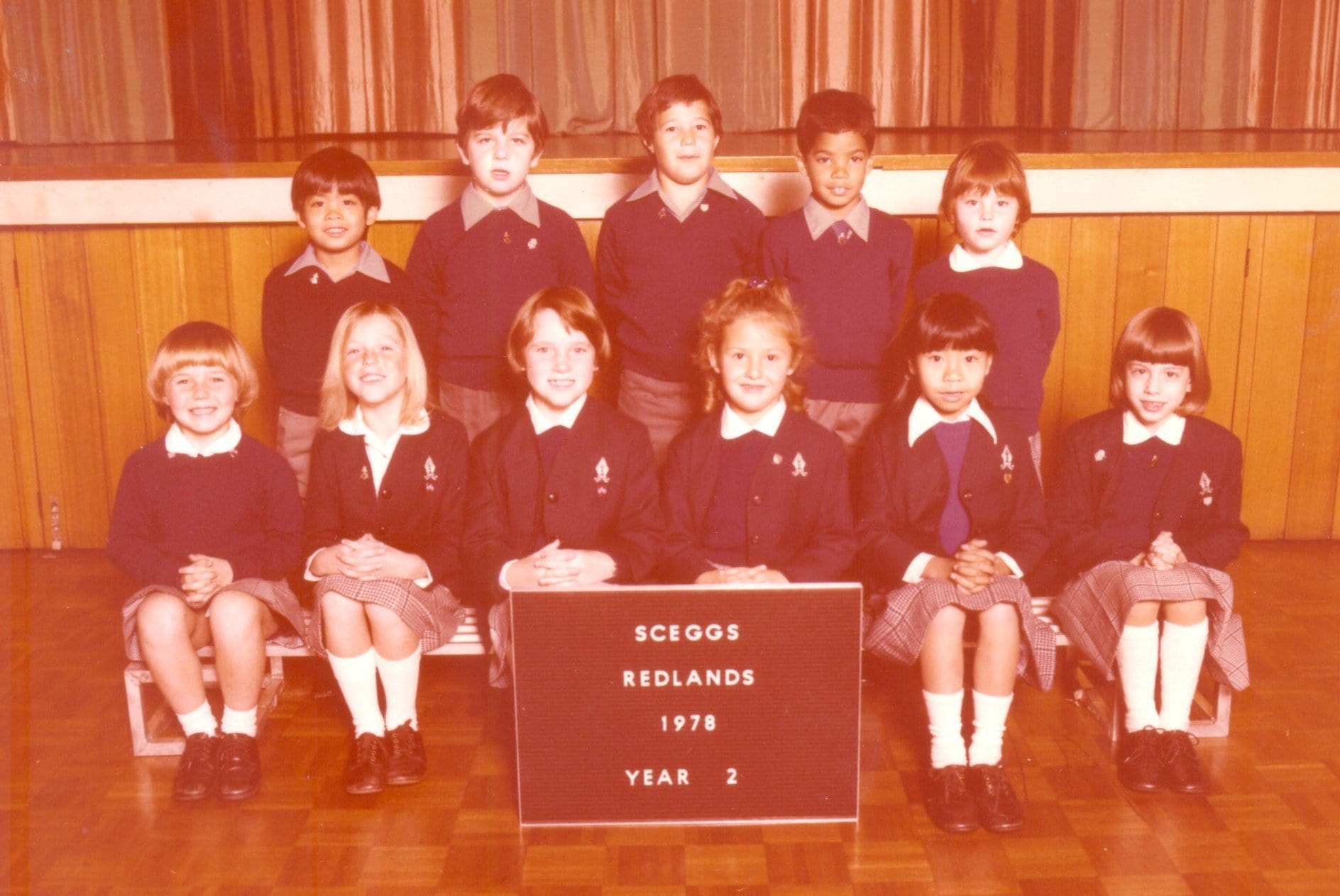
School officially becomes co-educational
The first boys admitted in the Junior and Prep Schools and also four boys in Year 7. School later renamed ‚ÄėSydney Church of England Coeducational Grammar School, 91‘ľŇŕ‚Äô or ‚ÄėSCECGS 91‘ľŇŕ‚Äô.

SCEGGS 91‘ľŇŕ incorporated as SCEGGS (later SCECGS) 91‘ľŇŕ Ltd
91‘ľŇŕ parents John Lang (pictured) becomes first Chairman, Bruce Adams, Deputy Chairman and John Roberts (pictured) becomes Secretary/Treasurer.
Formation of HICES (Heads of Co-educational Independent Schools with eight member schools), which 91‘ľŇŕ later joins after becoming co-educational.
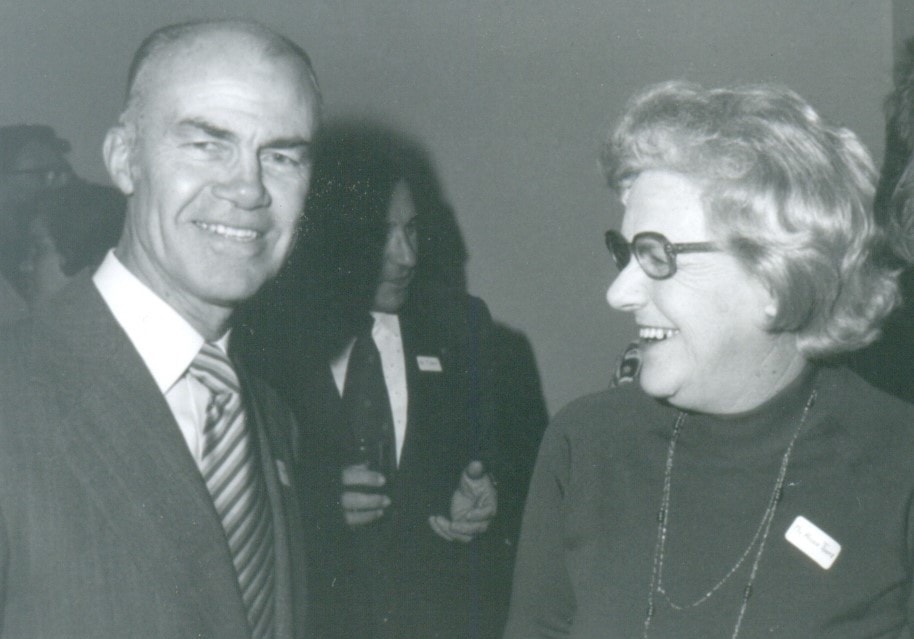
Mrs Helen Foote becomes Headmistress
Former Deputy Headmistress Helen (pictured here with John Roberts, President of 91‘ľŇŕ Parents Association) becomes new Headmistress of SCEGGS 91‘ľŇŕ.
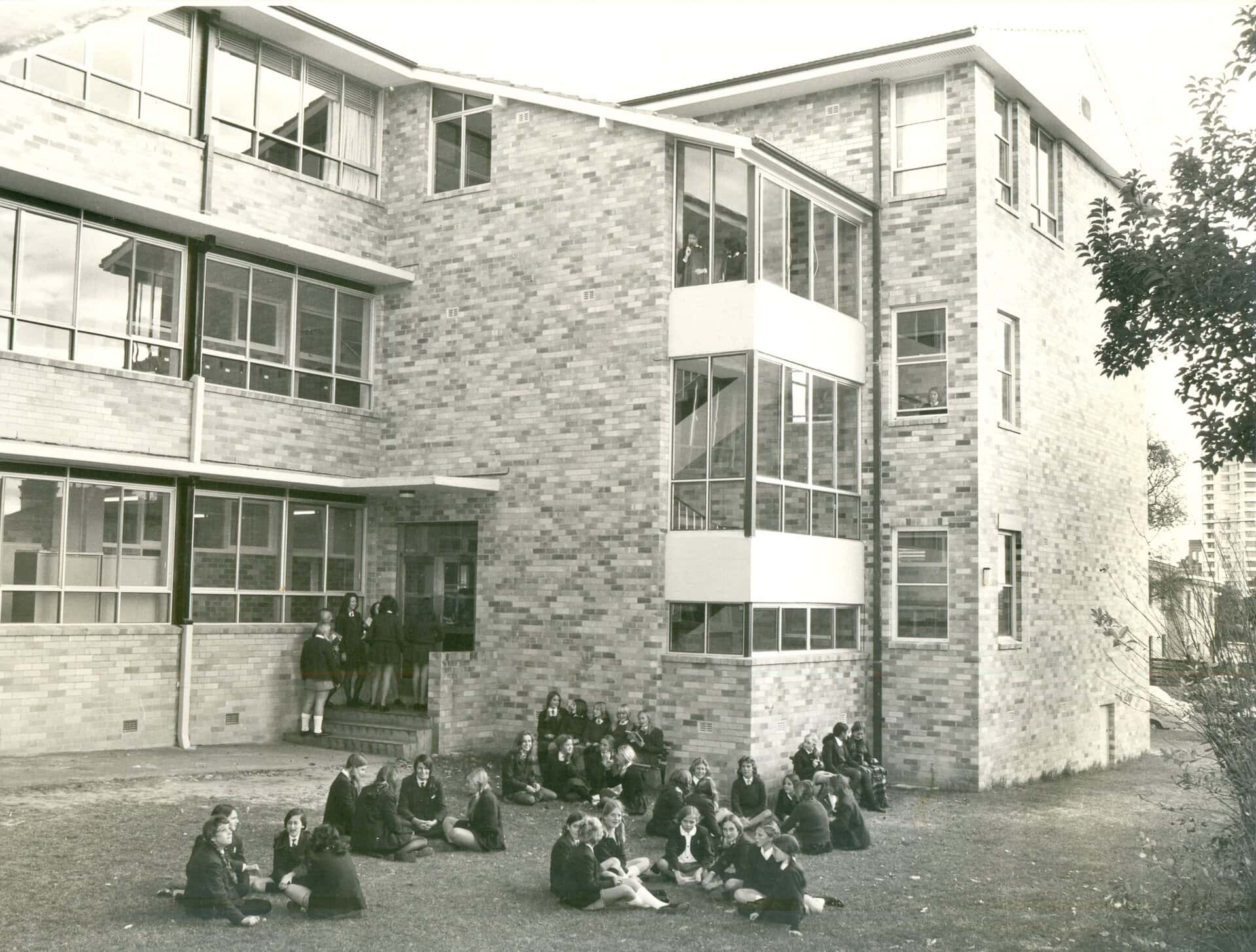
Mrs Humphery retires
Mrs Humphery leaves behind an extensive post-war legacy covering twenty-seven years, her name remembered in the Humphery Building opened the previous year.
School fete, originally held in Term 1, held for the first time in Spring and accordingly renamed the ‚ÄėSpring Fair‚Äô.
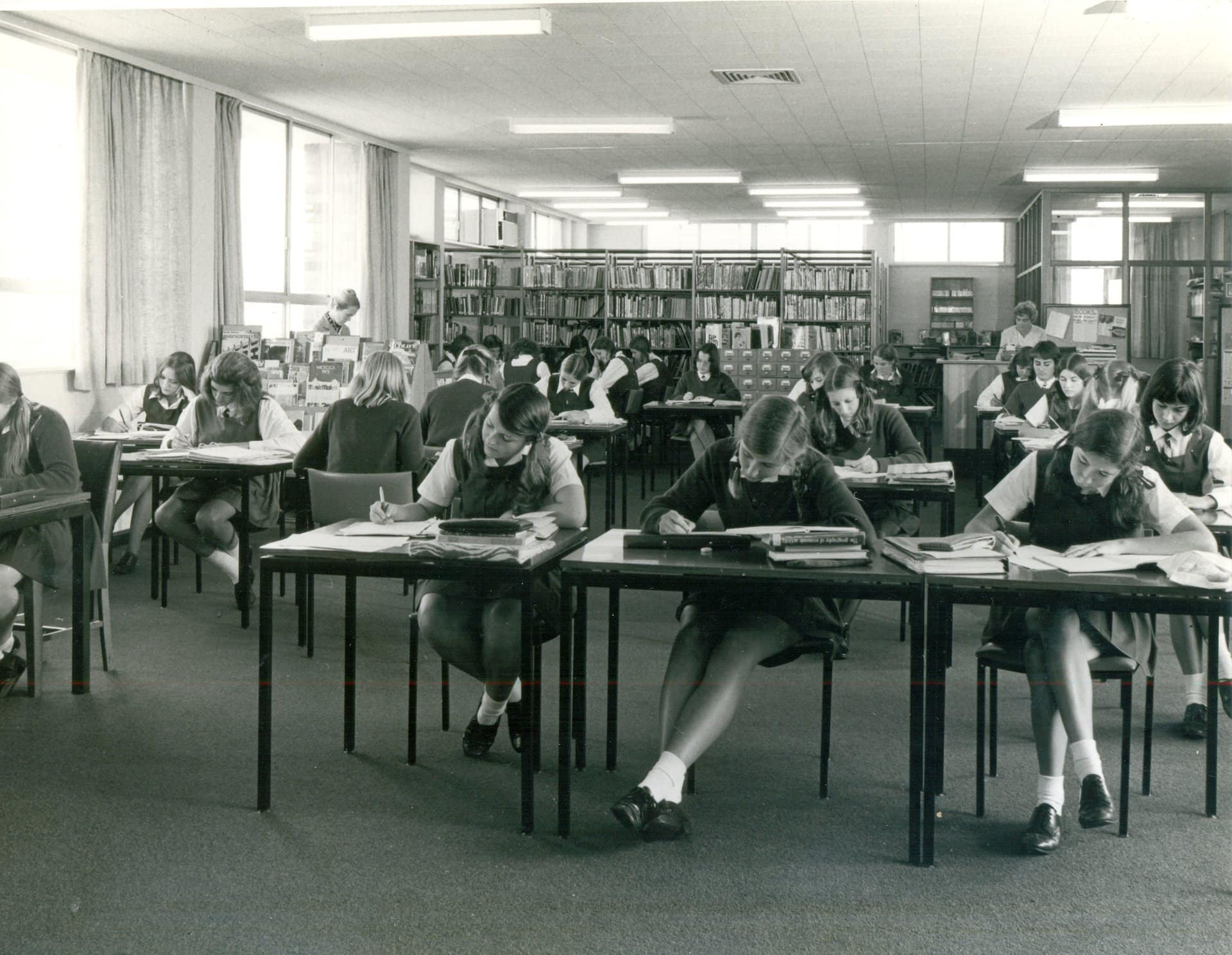
Stage 1 of the Humphery Building opens
In addition to classrooms, the new building includes a new Roseby Library, Language laboratory and School Archives.
Establishment of first orchestra and jazz band.

Opening of New Science Block
The Wyndham Building (later the Roseby Building) is named after Dr Harold Wyndham, Director General of Education, pictured with Mrs Humphery and students.
First cohort of students sit the Higher School Certificate.

91‘ľŇŕ Hall Opens
Originally known as the Assembly Hall, at the time of its opening the hall can accommodate the entire school.
Dumolo, 91‘ľŇŕ‚Äô fourth house established as school numbers continue to grow. Named after Miss Nona Dumolo, former student and one of school‚Äôs first two university graduates who was also the first Headmistress of SCEGGS North Sydney.Őż

New Junior School block opens (now part of the Humphery Building)
A cottage on Waters Road purchased to house the Preparatory School (later occupied by Innovative Design department from 1983, demolished in 2021).Őż
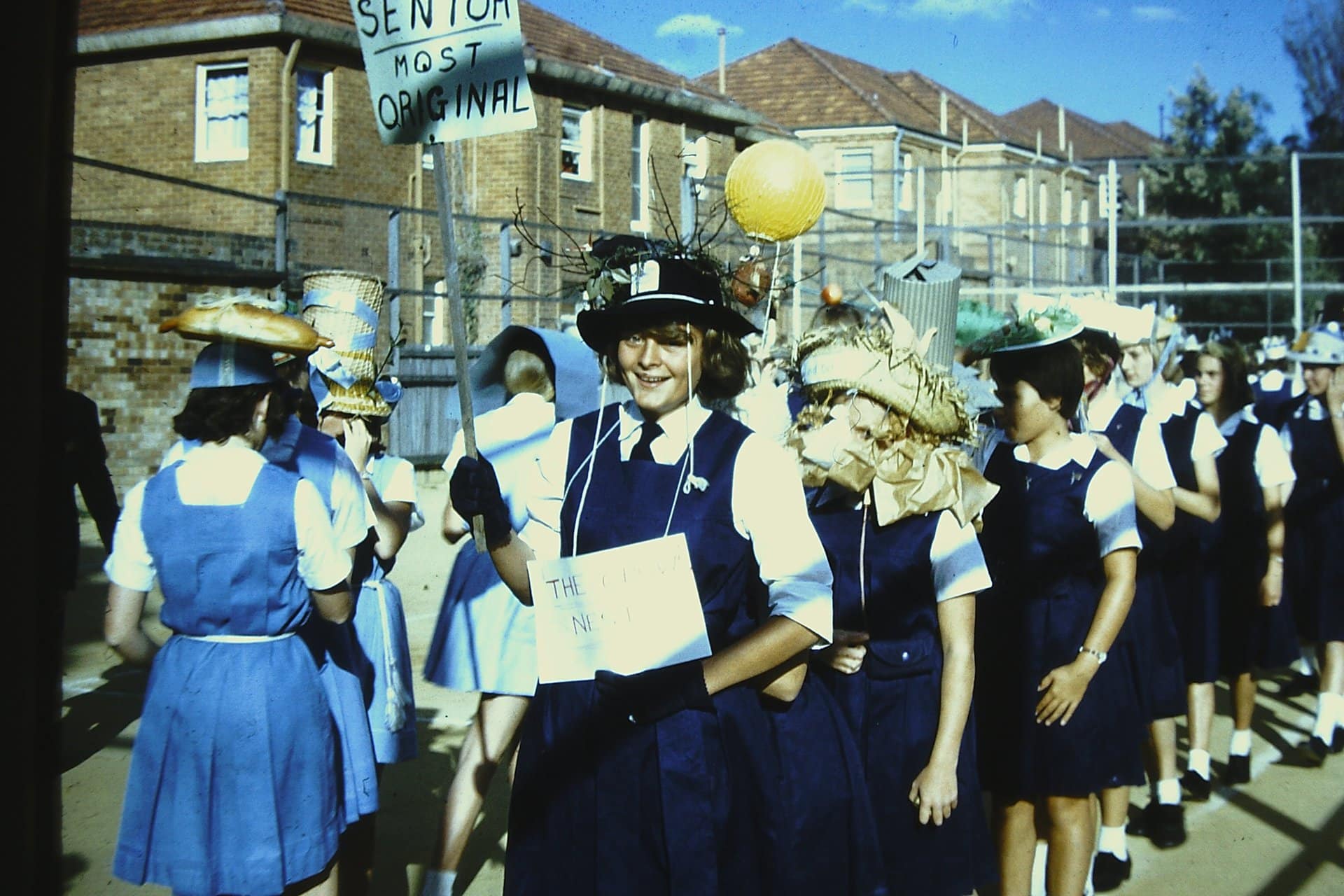

Establishment of 91‘ľŇŕ Parents Association
Now called the RPFA, the Parents‚Äô Association has played an integral part in the School‚Äôs modern history, from fundraising to saving the School from closure. Őż
School fete held in Term 1 in 1961 organised for the first time by the 91‘ľŇŕ Parents‚Äô Association.
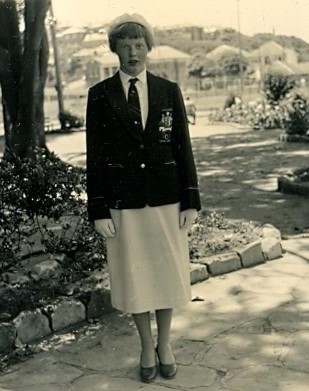
Gergaynia Beckett becomes 91‘ľŇŕ‚Äô first Olympian
Fifteen-year-old Gergaynia Beckett represents Australia in backstroke at the Olympic Games in Melbourne.
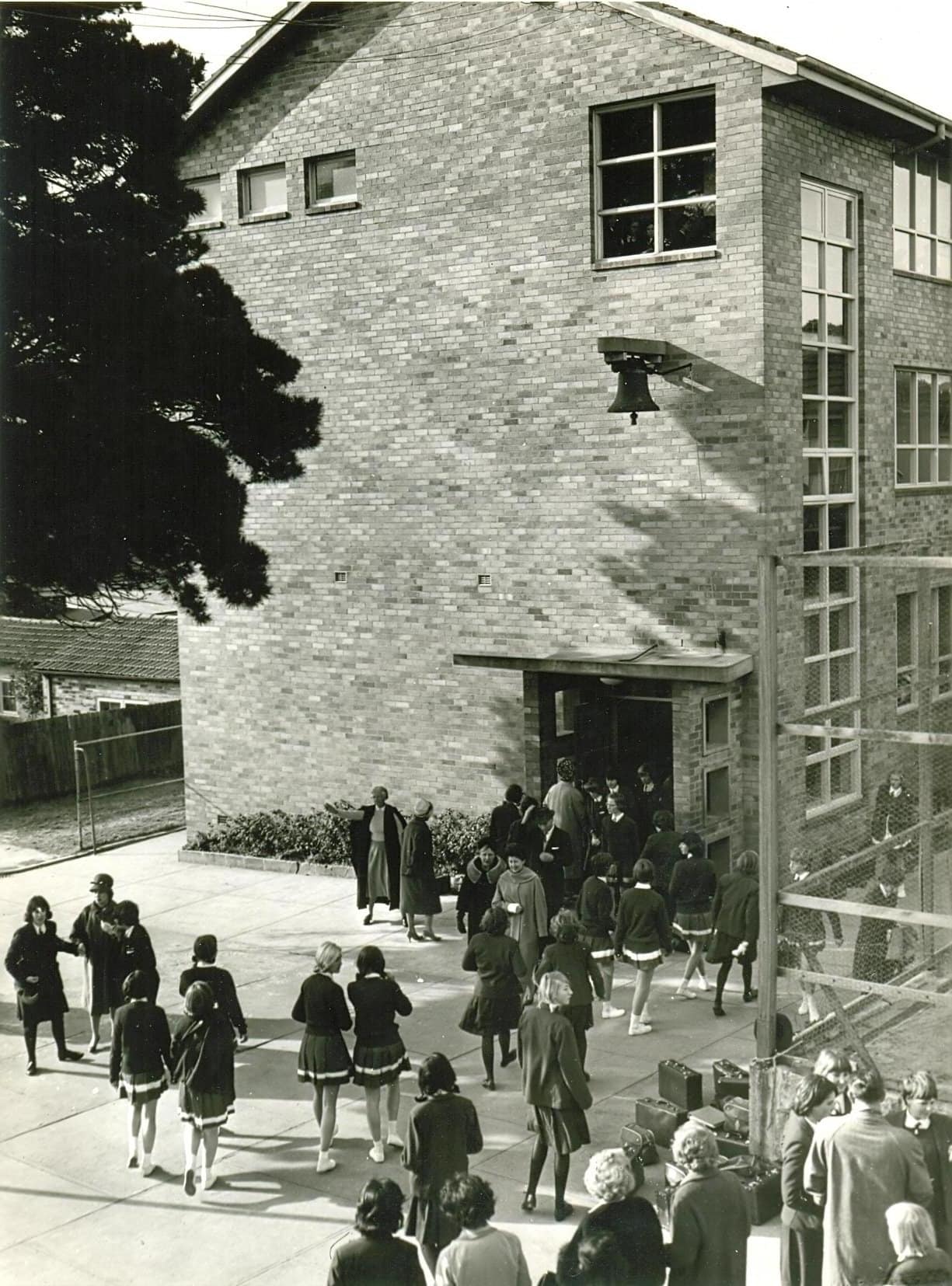
New School bell
With the completion of the top floor of the Mowll building, a new bell bequeathed by the late Professor E R Holme of the University of Sydney is hung above the western entrance of the building. After being moved to different locations, it now hangs in the Liggins Quad.
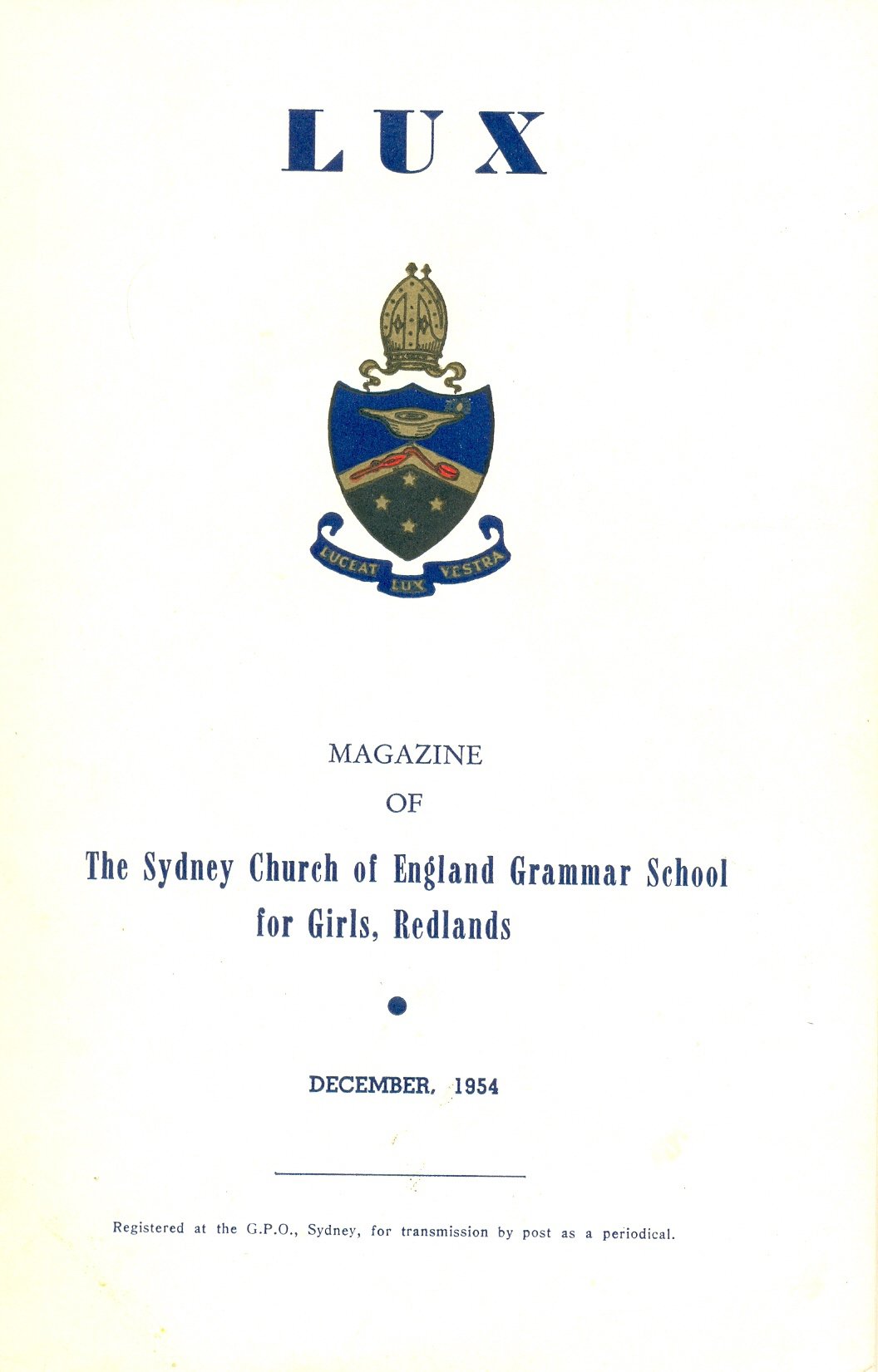
First issue of Lux magazine
Lux, the school publication for the SCEGGS schools, makes its first appearance at SCEGGS 91‘ľŇŕ.
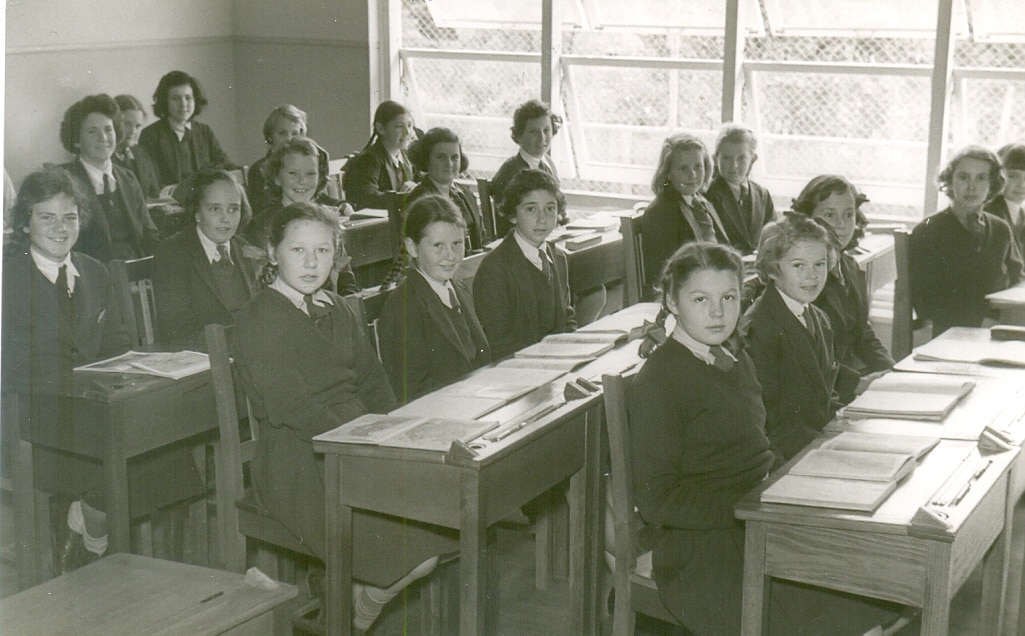
Opening of new Classrooms
Later known as Stage 1 of the Mowll Building, the new block comprises three classrooms and a cloak room and marks the beginning of the School's post war building programme.
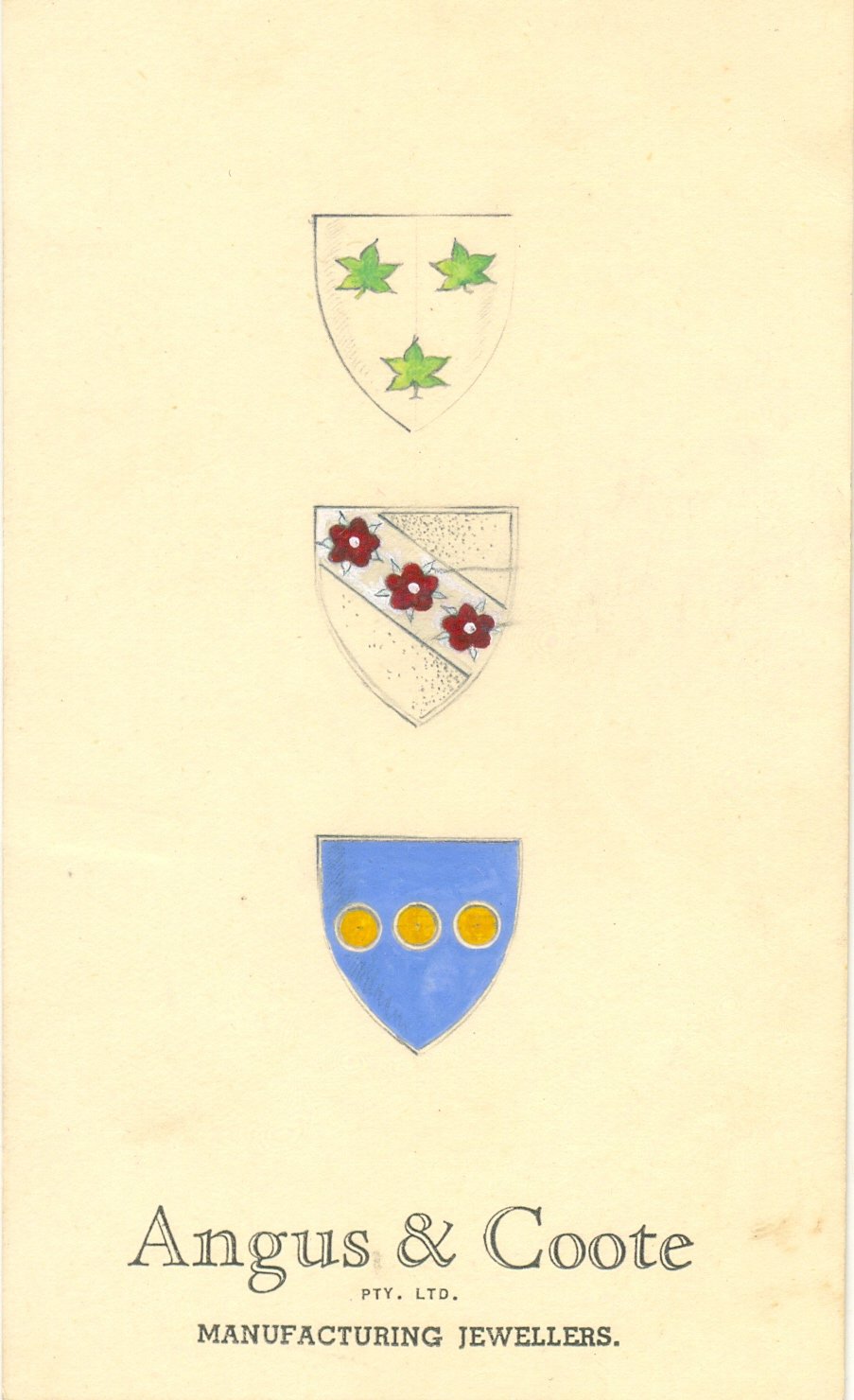
Introduction of three sports houses
Cowper and McDouall, both named for former SCEGGS Council members in 1926 and adopted from SCEGGS North Sydney (closed in 1942), and a new house Roseby, named after Miss Roseby, replace former 91‘ľŇŕ sports teams or houses, the ‚ÄėBlues‚Äô and ‚ÄėGolds‚Äô.
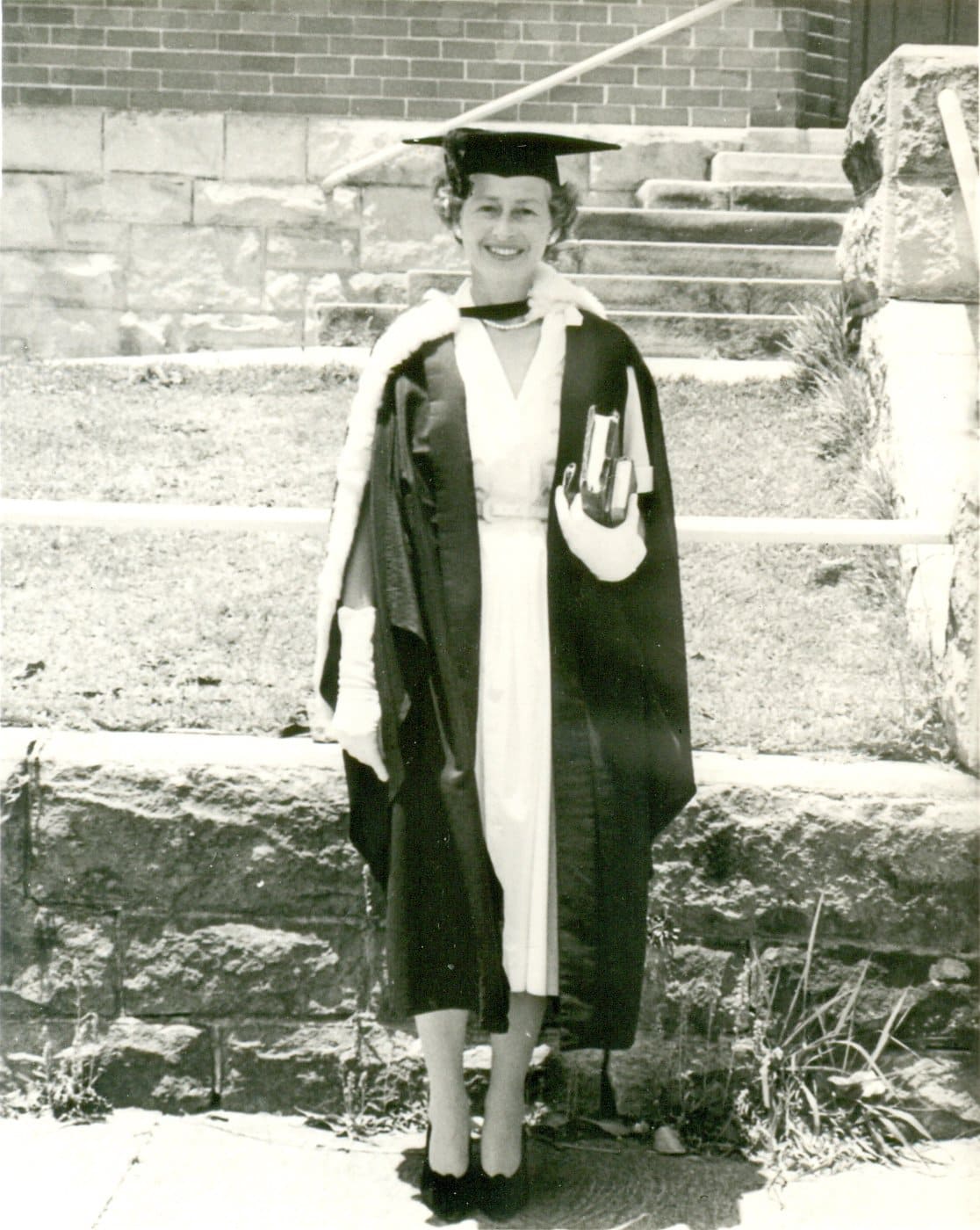
Mrs Isobel Humphery becomes headmistress
Mrs I A Humphery, a war widow is appointed the first headmistress to SCEGGS 91‘ľŇŕ. She is also the first principal of 91‘ľŇŕ to be a parent.
A new SCEGGS uniform is introduced, although Senior girls in their final year are allowed to wear their old 91‘ľŇŕ blazer.
Establishment of Roseby Library with money raised by Old Girls’ Union and later books from Miss Roseby’s personal library collection (now held in the Archives).

Miss Roseby sells 91‘ľŇŕ to Sydney Church of England Girls‚Äô Grammar School (SCEGGS)
Miss Roseby remains for two terms before retiring at the end of the year.
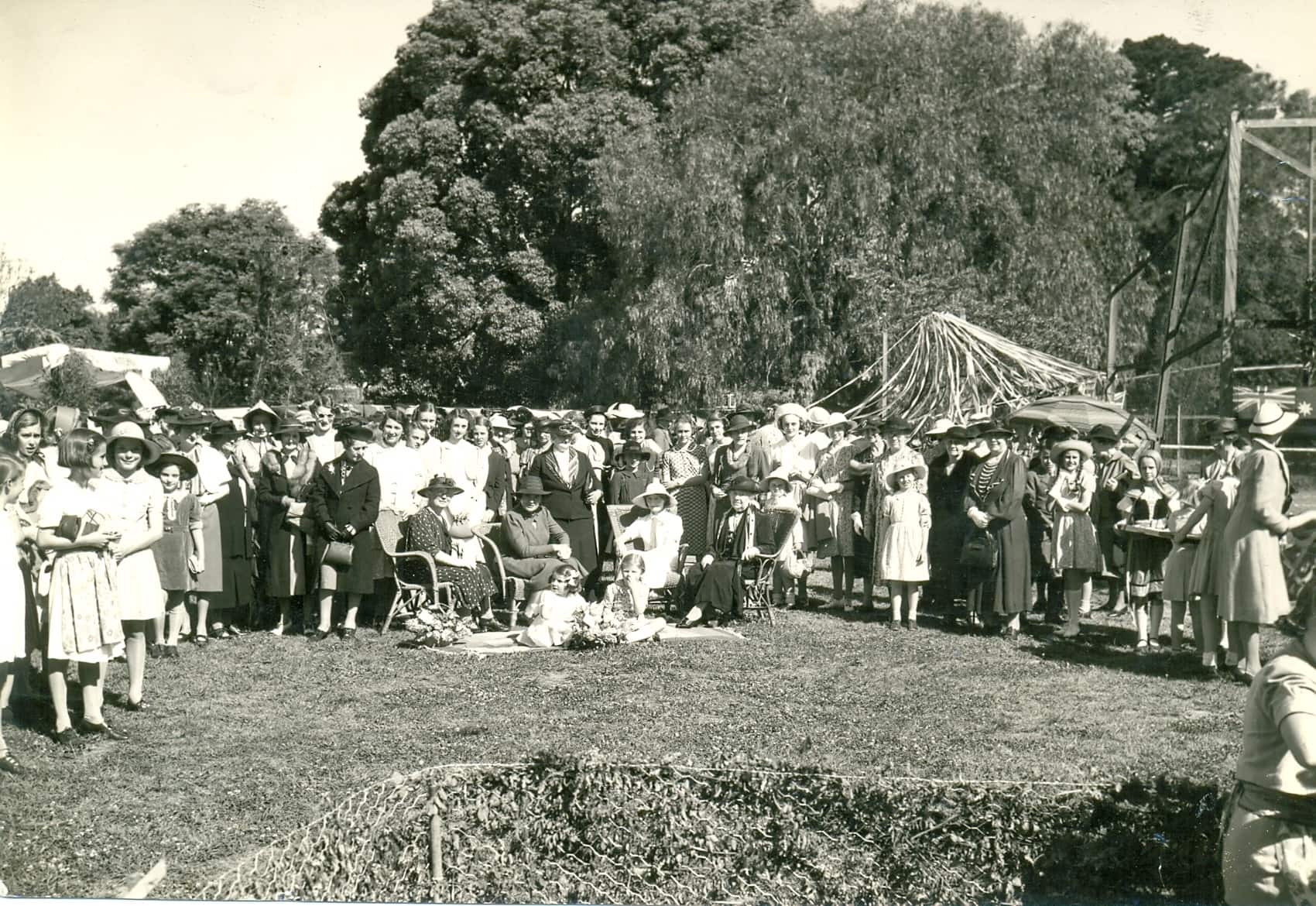
Students involved in fundraising for war effort
Former students join the forces including the WAAAF, AAMWAS, the WRANS, the Land Army and the Australian Women’s Army Service (AWAS). Others work as scientific researchers connected with the war or in the Ministry of Munitions.
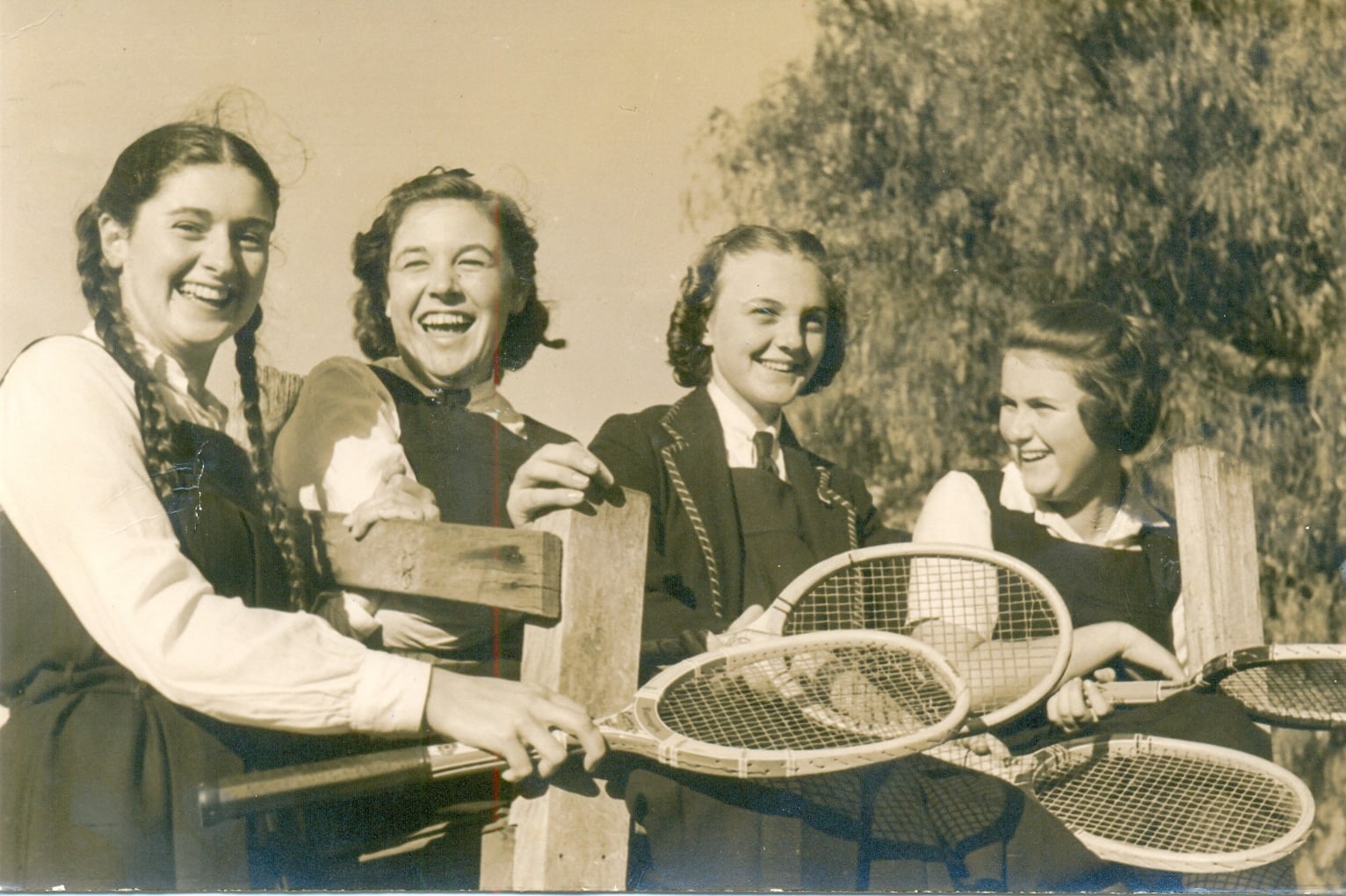
Boarding discontinued
Principal Miss Roseby decides to discontinue boarding rather than evacuate boarders according to government mandate the following year in 1942.
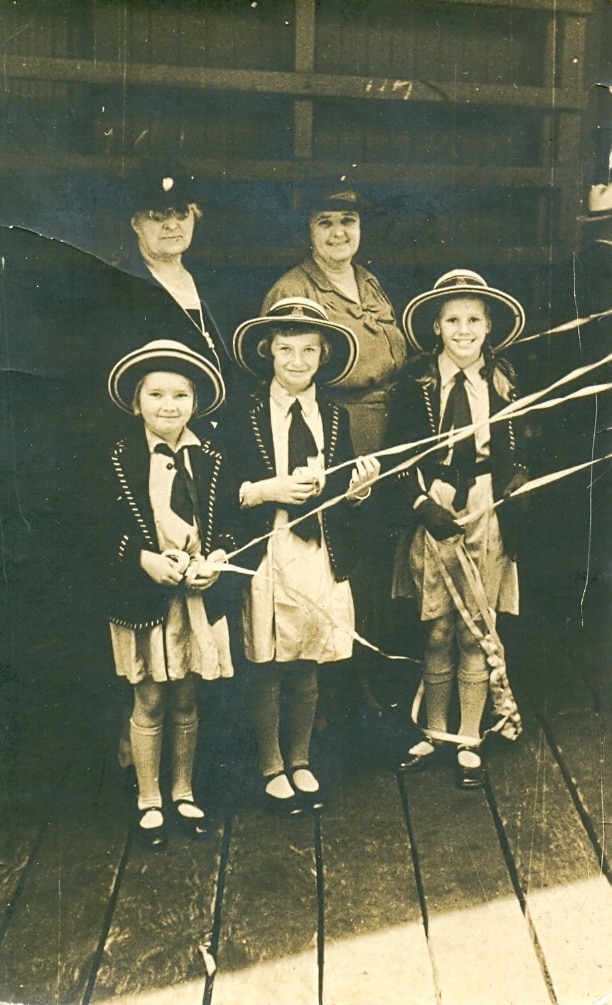
Outbreak of World War II
Most Boarders return home during the War years.Őż

91‘ľŇŕ House demolished
Following the death of Miss Arnold in 1932, ‚Äė91‘ľŇŕ‚Äô, previously owned by Miss Arnold and leased to Miss Roseby, is sold and subsequently demolished.
Photo shows students and jacaranda tree in former Lone Oak gardens with reverse side of ‚Äėfor sale‚Äô sign in background
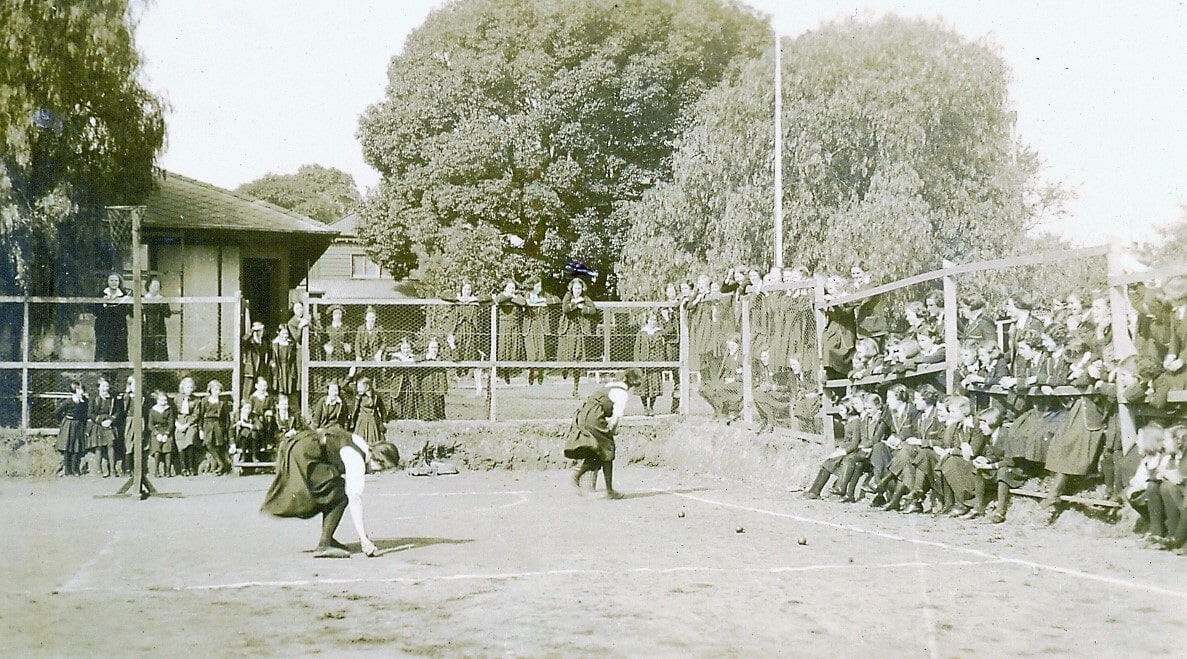
91‘ľŇŕ‚Äô Fiftieth Anniversary
Numerous activities held to celebrate the School’s Jubilee including a Garden party, an Old Girls’ Dance at the Florentine Room at Hordern Brothers and various performances at the School as well as a school fundraising fete.
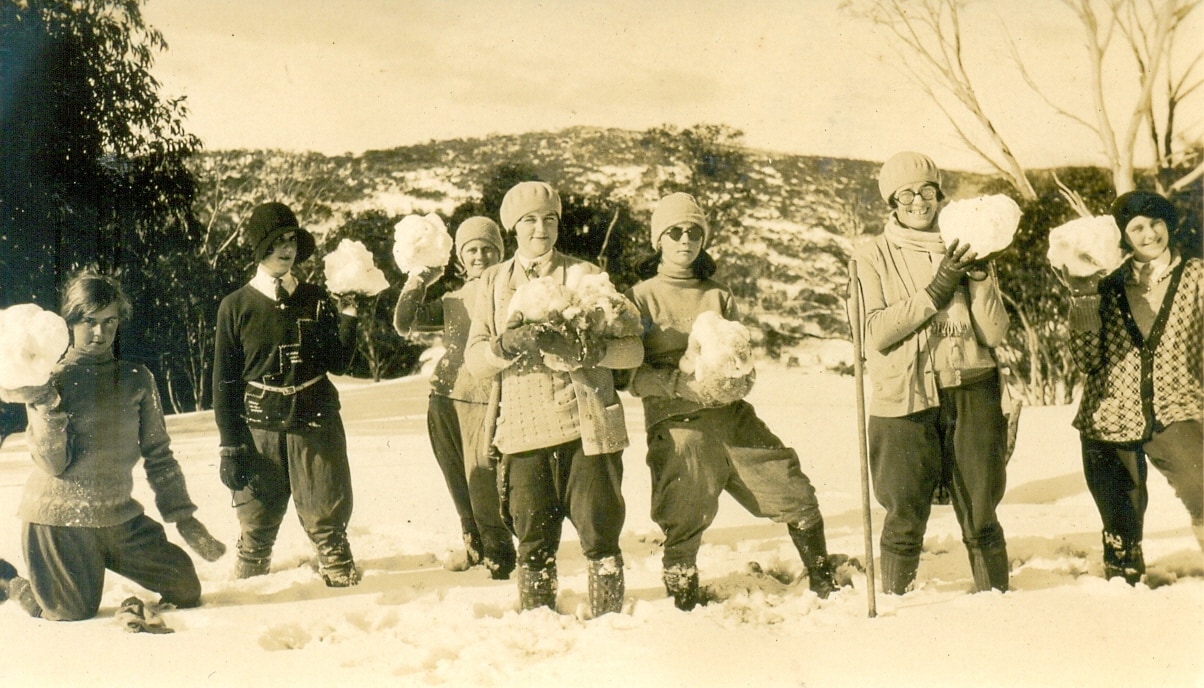
First 91‘ľŇŕ ski trip
Prior to ski lifts being built in the snowfields, 91‘ľŇŕ students took their first trip to the Snowy Mountains.ŐżŐż
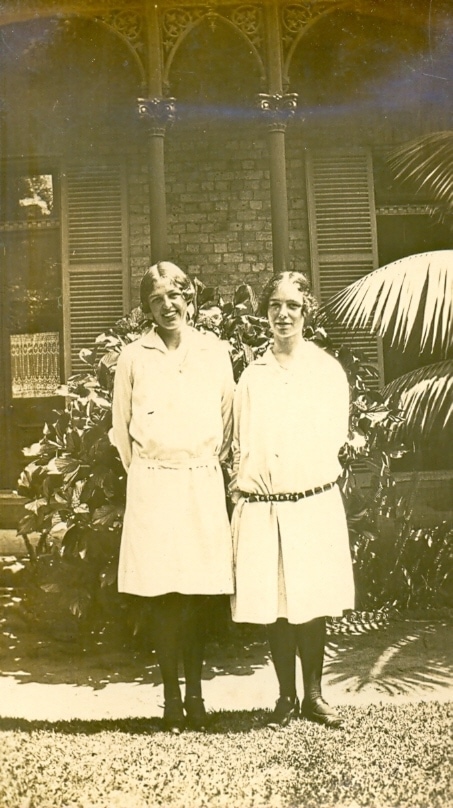
First prefects appointed
Gwen Hansard and Janet Wiseman (pictured), become the first prefects and are given special badges on their hat bands and their own room in Liggins House.

Liggins House opens
The Liggins Building officially opens on May 9th to accommodate the Junior School and boarders and ensures the school is contained on one site. School numbers grew steadily throughout the decade as a result of the new accommodation.
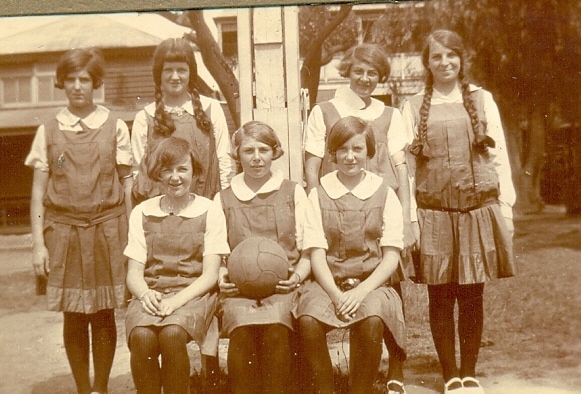
Netball introduced
After playing basketball for a decade, netball is introduced to 91‘ľŇŕ by Miss Russell, the new sports mistress, allowing 91‘ľŇŕ to join the Girls‚Äô Schools Association (now IGSA). ŐżToday it remains the school‚Äôs longest, continuously played goal sport.
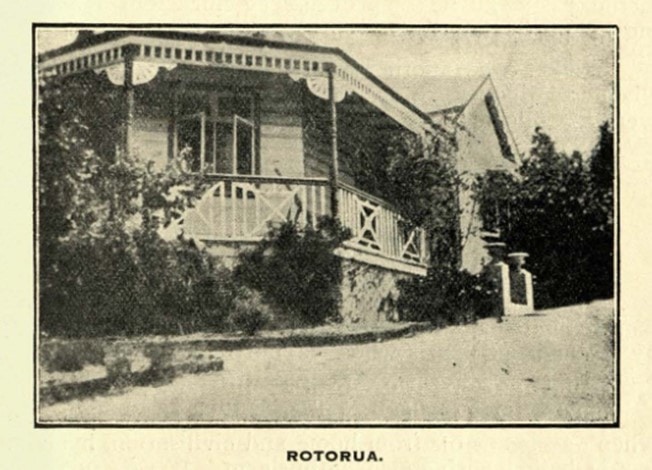
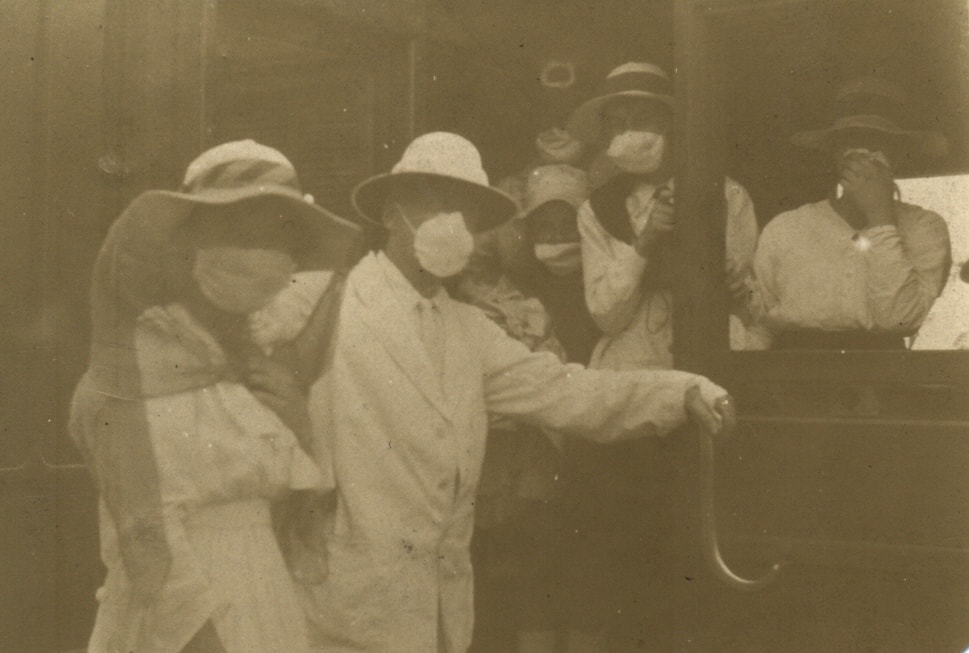
Evacuation of boarders to Wentworth Falls
The Spanish influenza epidemic causes the School to be closed to all but the two Senior years, all of whom are required to wear masks to school and visit the inhalation chamber set up in one of the classrooms in ‚ÄėThe Vines‚Äô daily before school. The boarders are evacuated to ‚ÄėRotorua‚Äô in Pritchard Street, Wentworth Falls from February to May.

Armistice signed. End of World War I
Pixie O‚ÄôReilly‚Äôs (novelist Eleanor Dark) poem ‚ÄėJerusalem Set Free‚Äô celebrating the end of the War wins Victoria League Prize in England and is published in The Redlander.
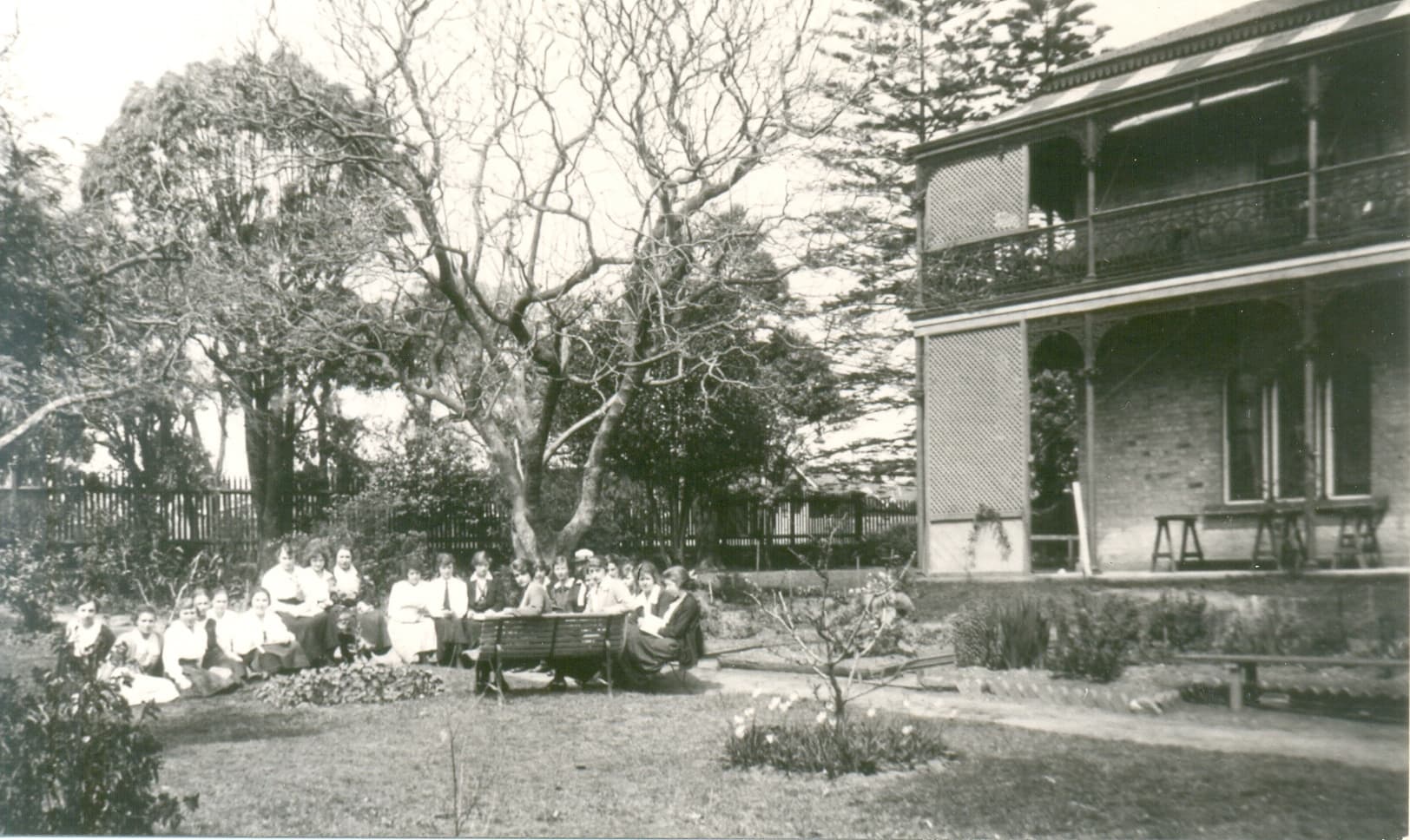
‚ÄėLone Oak‚Äô Garden sanctuary established
Land adjacent to 91‘ľŇŕ House on Military Road (now Monford Place) is purchased and made into a garden sanctuary for the Senior students and named ‚ÄėLone Oak‚Äô in recognition of Lone Pine at Gallipoli.

Outbreak of World War I
Ellice Nosworthy and Vida Sams become the first recorded ‚ÄėHead Girls‚Äô.
‚ÄėThe Vines‚Äô, a house next door to the school is acquired with boarders accommodated upstairs and kindergarten downstairs, along with music rooms. It remains part of the School until its demolition in 1956.
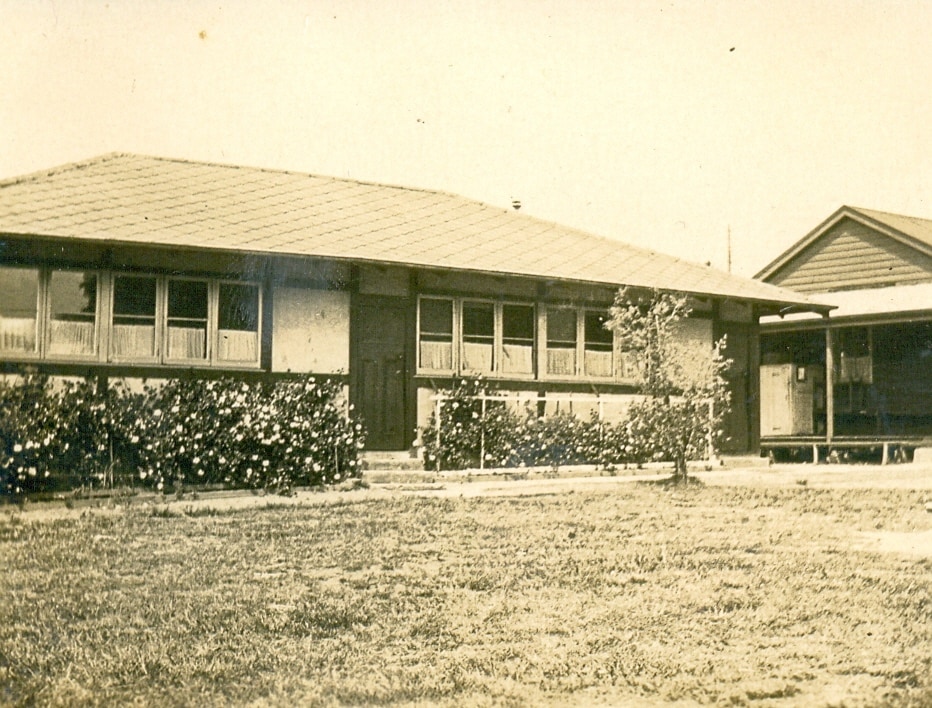
Arnold Room built as first School Hall
Arnold Room built to provide 91‘ľŇŕ with its first School Hall.
First annual Swimming Carnival held at Spit Baths, Mosman.
The new Literary and Debating Society establishes 91‘ľŇŕ‚Äô debating tradition.Őż
91‘ľŇŕ Games Club formed to organise the first inter-school sports matches.Őż

Miss G A (Amy) Roseby buys 91‘ľŇŕ from Miss Arnold
Miss G A (Amy) Roseby, BA (1895), Diploma of Teaching (University of London), becomes Principal of 91‘ľŇŕ, buying the school from Miss Arnold.Őż
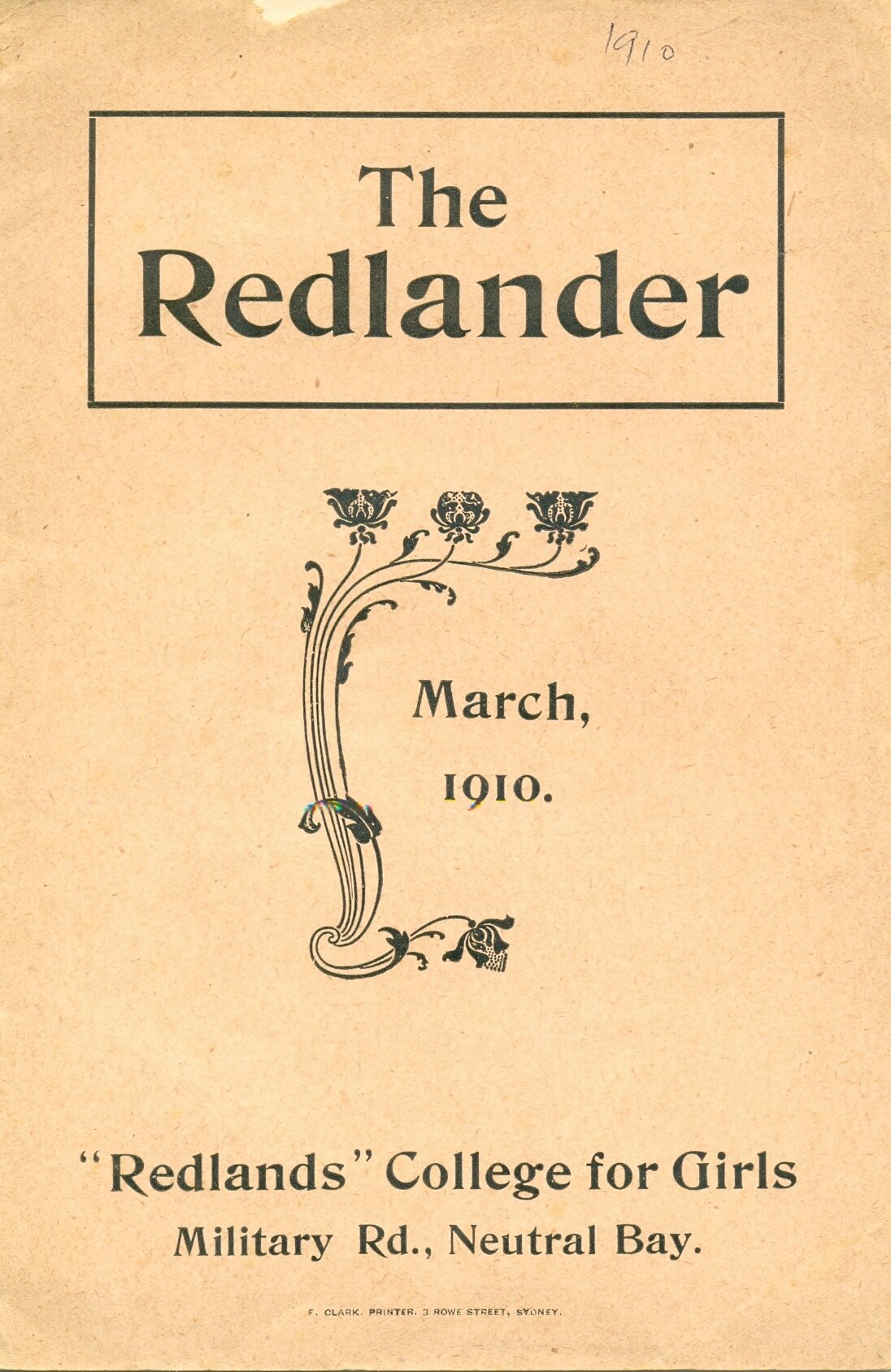
Miss Elizabeth Liggins dies, 22 November.
First issue of the school magazine, The Redlander published the previous year and produced until 1944.Őż


Establishment of the 91‘ľŇŕ‚Äô Old Girls‚Äô Union (now the Redlanders‚Äô Association)
Miss Liggins becomes its first President, taken over by Miss Arnold two years later.
First school badge and motto ‚ÄėHonor ad Honores‚Äô (honour before honours) comes into general usage, the badge designed by Miss Sarah Ann Brown, Head of the Preparatory School and worn by girls on their hatbands.

First 91‘ľŇŕ Athletics carnival held in School grounds.
91‘ľŇŕ stages first full-length Shakespeare play, ‚ÄėThe Tempest‚Äô directed by former student and professionally trained elocution teacher, Miss Elsie Dumolo.
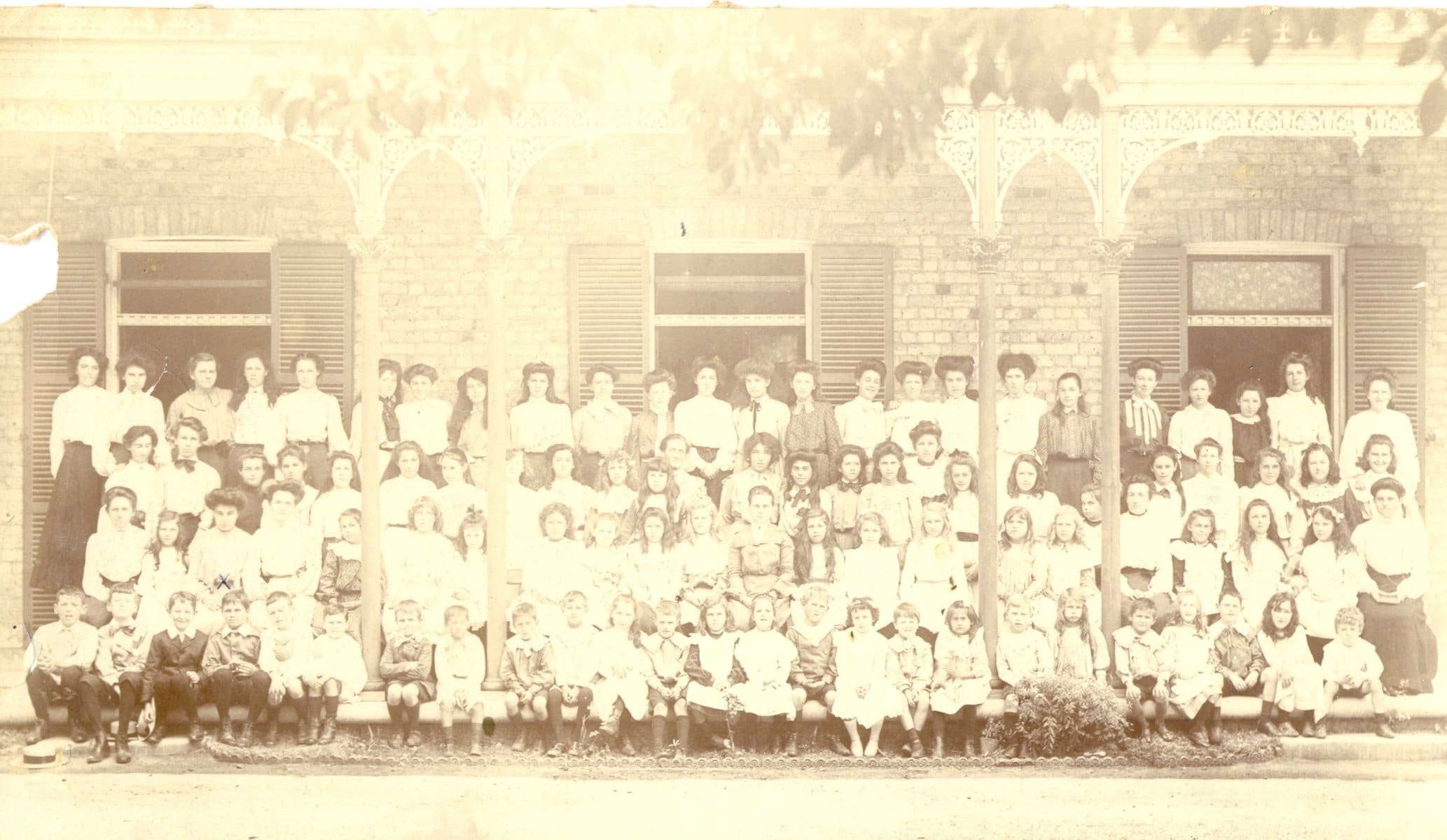
91‘ľŇŕ celebrates its 20th anniversary.Őż
Entire School assembles for photograph outside ‚Äė91‘ľŇŕ‚Äô. Miss Arnold is at the centre of the photograph in the second row. Miss Liggins is either unidentified, or more likely absent.

School moves to ‚Äė91‘ľŇŕ‚Äô, Military Road.
On October 5th, the College opens in the former family home built by Phillips family in 1881 with ‚Äėextensive grounds and excellent accommodation for boarders‚Äô. The school officially takes the name ‚ÄėCollege for Girls, 91‘ľŇŕ‚Äô.
The tennis court and space for games allows for the introduction of sport at the School.
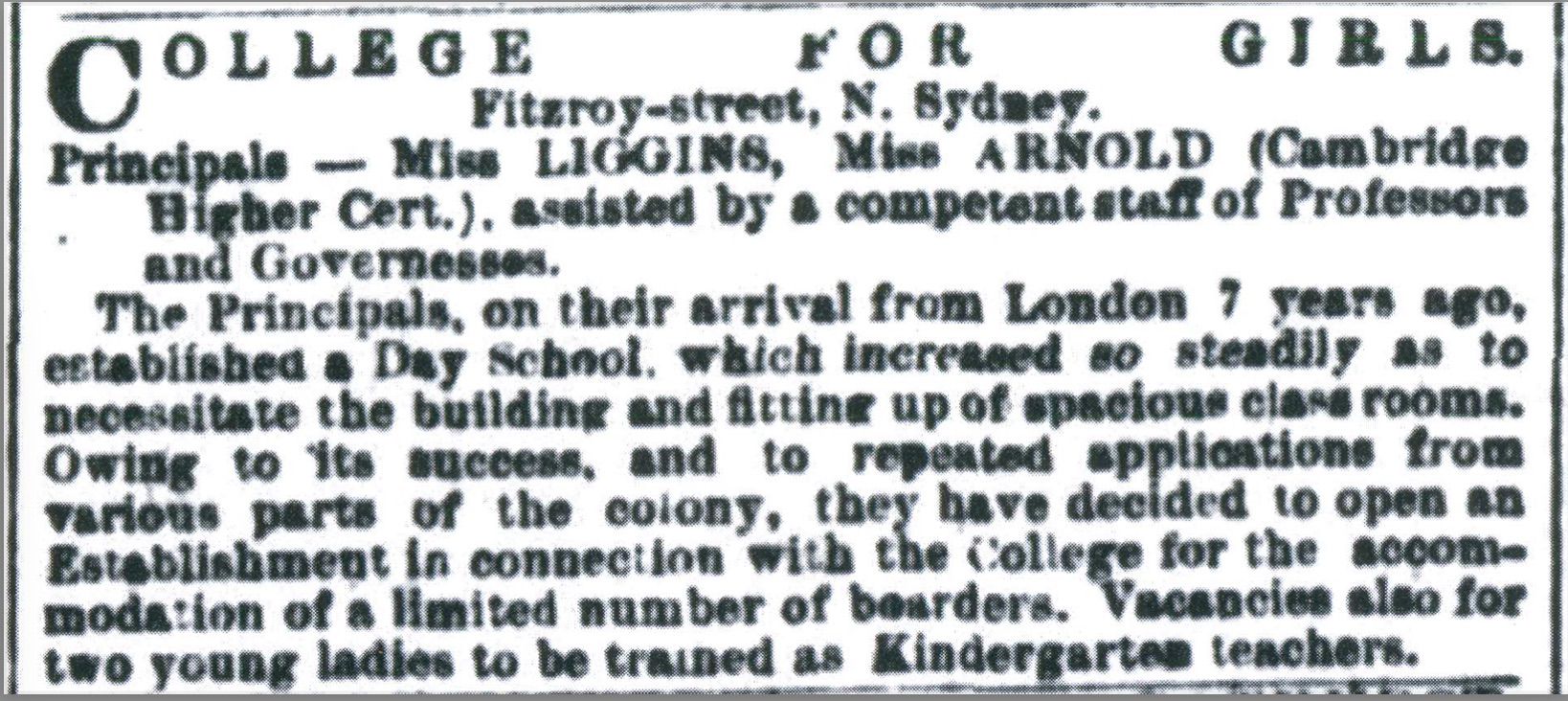
Boarding Introduced
In response to ‚Äėenquiries throughout the colony‚Äô, the first boarders come to live with Miss Liggins and Miss Arnold at 48 Fitzroy Street, Milson‚Äôs Point.
Őż

New School House Opened at 31 Fitzroy St
Miss Liggins and Miss Arnold build ‚Äėnew School and class rooms‚Äô at 31 Fitzroy Street. The two-storey Victorian school house still stands today at the corner of Broughton and Fitzroy Streets, now a private residence and business. Őż
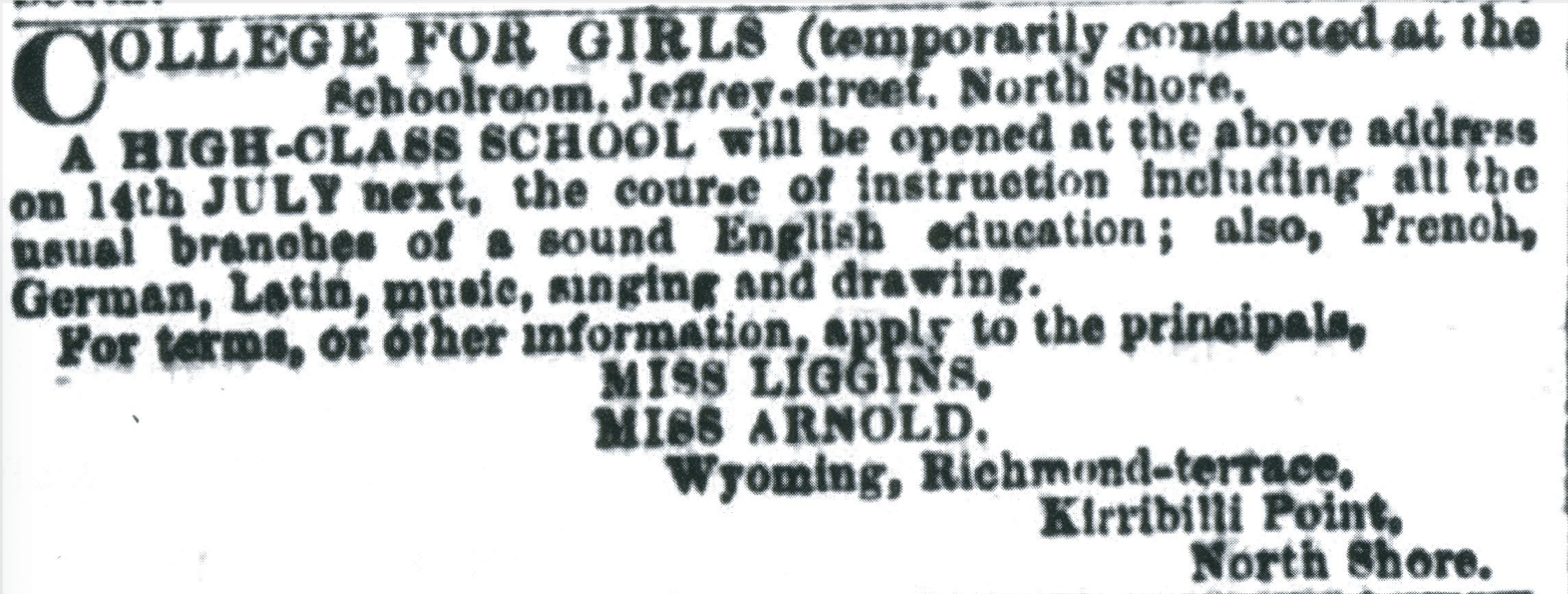
College for Girls Opens
Miss Elizabeth Liggins and Miss Clara Arnold open their school in the Mission Hall in Jeffrey Street, Milson‚Äôs Point on Monday 14 July with five students.Őż.



